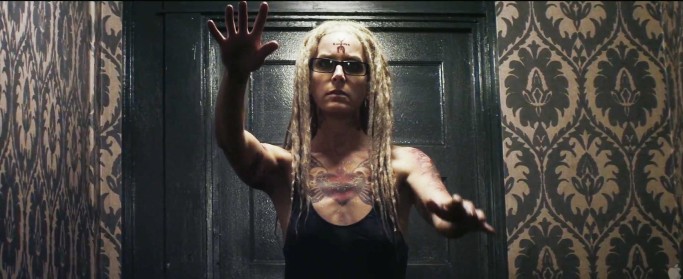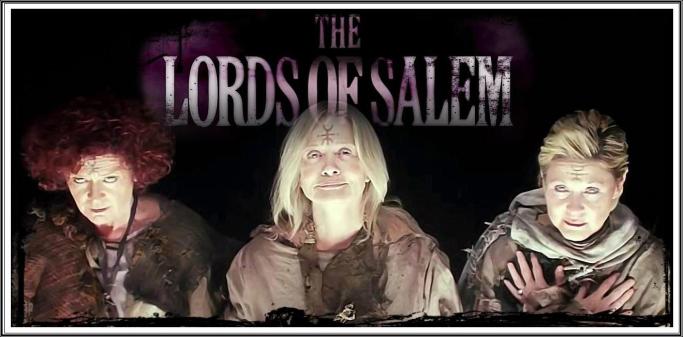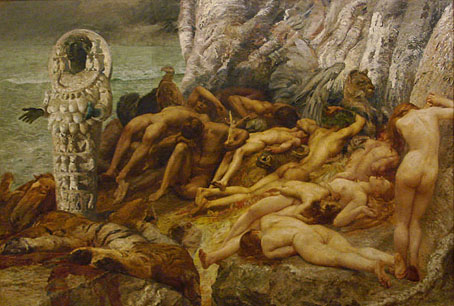Interviewed by H.B.G. (as S.G.)

Ernest Harada played the Japanese photographer (named Hayato in the novel) in the final scene of Rosemary’s Baby.
In celebration of the 50th Anniversary of ‘Rosemary’s Baby’ – the classic spellbinding thriller – Devil In The Details interviewed actor and performer Ernest Harada, who appears as a Satanic Japanese photographer in the climactic final scene of the 1968 film directed by Roman Polanski. The novel by Ira Levin was published in 1967, and the film was released the following year, making 2017 and 2018 the Golden Jubilees of one of the horror genre’s most influential works.
Born October 20, 1944, in Honolulu, Hawaii, Ernest Harada graduated from Mid-Pacific Institute, class of 1962 and studied political science at Syracuse University. He received a degree in acting in 1965 from the London Academy of Music and Dramatic Art (LAMDA), the oldest drama school in the UK.
Harada is happily retired in Honolulu. He performs occasional concerts, most recently in Germany and New York and Hawaii. We reached out to Harada to ask him about his career and professional experience. As one of the last surviving cast members of ‘Rosemary’s Baby,’ Harada had some interesting insights into life an Asian American artist in Hollywood and on Broadway, what it was like to work with Roman Polanski, and what exactly was in that black bassinet?

Mr Ernest Harada, from his personal collection.
S.G.: Is this Mr Harada speaking?
Ernest Harada: Yes. Is this S…?
SG: Yes, thank you so much for taking my call.
EH: My pleasure.
SG: Good Morning. How are you?
EH: I am good. I am back in Honolulu and recovering and doing my physical therapy and hopefully will be back in shape again.
SG: I’m glad to hear you’re back in paradise. Honolulu sounds marvelous; it’s where my parents met many, many years ago, though I’ve never been there myself.
EH: It’s a great place. I think it’s as close to Paradise on Earth as you can get. I mean weather-wise and ultimately the people-wise. It’s a wonderful place. That’s why when I had to retire I came back home.
SG: So you are from Hawaii originally?
EH: I was born and raised here. I left here when I graduated high school at 18. I went to Syracuse University for one year and, at the University, realized I wanted to pursue acting and was given an opportunity actually by a director from the Royal Shakespere Company who suggested I should be in London studying Drama. Up to that point I had no idea I wanted to be an actor. I was there for Political Science, I mean I was going to become an international lawyer and basically represent the up-and-coming Japanese economy. My father was visiting Japan since the early fifties and he realized what a business behemoth Japan was becoming, and that they would need, once they got big enough, representation in America and that was going to be me.
So I went to Syracuse because they had an excellent school – Maxwell School of Citizenship – which basically dealt with international law. But I got involved in theatrics there and a director of the Royal Shakespere Company who happened to see ‘Romeo and Juliet’ that I was performing in, he pulled me aside and said that I should be studying in London. He assumed I was studying Drama at Syracuse, which I wasn’t. So he said I should be in London and suggested three schools. He sent me their addresses; of course I auditioned for them, and when I was accepted at all three of them: the Royal Academy, the London Academy and Central School, I decided Yes, this is really what I wanted and I moved to London and studied there for three years.
SG: Wow, that’s fascinating.
EH: Yeah, that’s how I began my choice of being an actor.
SG: I read that you had attended the London Academy of Music Dramatic Art, class of 1965 I believe.
EH: Yes.
SG: So, what was your family’s reaction? How did your father and the rest of your family react to you going off into the Arts when you had focused on international law?
EH: Well, he always thought I’d outgrow it. He never thought it was a viable occupation. Even when I was supporting myself and making money, uhm.., it just was not a legitimate profession. But they learned to live with it.
SG: I’m glad to hear that. So you grew up in Hawaii with your family there, a family of Japanese heritage.
EH: Yes.
SG: So you were born right at the tail-end of World War II, were you not?
EH: Yes, ’44.
SG: Right. So, I was just curious, I’ve been living in Japan now for about 8 years and I’ve been coming and going from Japan for more than that, going on 15 years, so, I’m a little familiar with the culture and some of the history. I was wondering about what it was like for somebody who was an American citizen but also of Japanese heritage at the end of WWII ? Especially in Hawaii, you know with Pearl Harbor and all?
EH: Well, basically in Hawaii we were spared the kind of discrimination that they faced in the West Coast of the mainland of the continental USA. They thought about incarcerating the Japanese population here, but wiser heads prevailed. They realized that you cannot incarcerate one-third of the population – which was the Japanese population at that time – and have a viable economy. I mean the entire economy would’ve collapsed. So basically they just jailed or relocated the ringleaders – the ringleaders being anyone who was educated: people in newspapers, community leaders, religious leaders, well-educated doctors… anyone they could think… or they thought could possibly might – might – be dangerous. And in fact absolutely none of them were.
SG: Right.
EH: There was absolutely no case of espionage by anyone. And we knew that as Japanese here. I mean we were American Japanese, especially by the Nisei [note: Nisei = second generation of Japanese immigrants], there were some Isei’s that had feelings for Japan, as my grandfather being a first generation always felt very strongly Japanese, but that was his heritage. But anyone born in Hawaii was immediately – this is our loyalty – I think, more to Hawaii than to America.
Hawaii is a very unique microcosm. (thoughtful Pause) I really think Hawaii is going to be the model for the world. We get together and live together with various races and cultures and religions. There was no majority. There still isn’t a majority. We are a community of minorities and we make it work.
SG: That’s marvelous. It really is a unique culture in the world.
EH: Yes!
SG: And especially in American culture it’s very unique.
EH: Take Barak Obama for example, he is of mixed parentage. People ask him “Why do you bring your family here for Christmas every year?” He said ‘I want my daughters to grow up knowing who they are and where they came from.’ Which means he associates being Hawaiian as much as being a black man, and I think even more so. I mean this is the culture that nurtured him. And what I have discovered – the uniqueness of the Japanese Americans coming from Hawaii and a lot of Japanese that I’ve met – I mean Japan Nationals on the mainland – said there’s such a difference in the Japanese from Hawaii and the Japanese from the (US) mainland. I said, well we were not imprisoned; we are not intimidated. We have a spontaneity; we are a more fulfilled personality. We never were caught and beaten down as so much of the Japanese Americans in California and the West Coast were. I mean a lot of them were afraid even to admit they were Japanese. Even now.

Ernest Harada, 1977
SG: Yeah, you’re right. There is so much fear and paranoia of foreigners these days…
EH: Well, it’s persecution! They were persecuted, you know?
SG: Truly.
EH: Yes, and I visit Japan a lot.
SG: Oh, do you?
EH: Yes. I’ve been there 8 or maybe 10 times. My father had a company there and we would go and visit. In fact, we were there just maybe a couple of years ago. I took my whole family down; we came from Yamaguchi prefecture. And so we went to visit the valley from whence we came, where my grandfather emigrated from. My grandmother came from Hofu and my maternal grandparents came pretty much from the Iwakumi area; so we visited all of that. My brother and sister had never quite seen it before. And it was lovely, it was a lovely trip. I love Japan.
SG: I’m glad to hear that. (laughs)
EH: Oh, yes, My sister’s partner said, you know after having visited Japan she said, it is absolutely the most sophisticated culture on Earth. They have thought of everything down to the nth degree, and I feel she’s absolutely right. And I’m glad she appreciated that about the Japanese sensibility. Everything is thought of, to the minutest detail, which sometimes can work towards their detriment; I think it curtails their spontaneity.
SG: Right. (laughs) True.
EH: But as a culture I mean it has created a marvel, something I’m very proud of. I’m very proud of my Japanese heritage.
SG: Yes, it really is a pleasure to live here. It’s quite comfortable and people are so polite.
EH: Oh, it’s clean, it’s efficient, and everything works! (laughs)
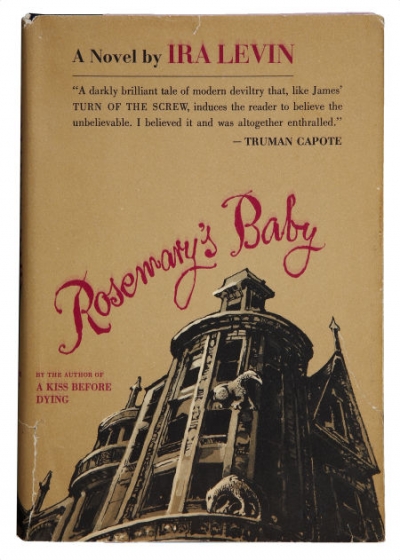
Rosemary’s Baby has the honor of being the first horror novel to reach The New York Times Bestseller list!
SG: Oh, yeah… (laughs). Well, moving back to your professional career, you mentioned how you had gotten interested in acting while you were in school, and you were encouraged. I was wondering, from your perspective as someone of Japanese heritage – and of Asian heritage in general, but also of American Hawaiian heritage – your perspective as a performer over these years in the world of Hollywood and show business, if you have anything you’d like to share about that.
EH: Well, by the time I got to Hollywood, here I was totally capable of doing Shakespere, and if you wanted classical theater I was totally capable of doing it, and knowing how to wear costumes from the 17th century on – and basically being slammed into a work environment where you’re going to play waiters and gangsters and things that were totally unchallenging. A handful of us started an organization first called Brotherhood of Artists advocating for Asian-Pacific American actors; and later it became the Association of Asian-Pacific American Artists and I was one of it’s founders and it’s president, oh for too many years, (laughs). And our primary purpose, our sole purpose, was to advocate for better roles for the Asian artists. Also, I was one of the founding members of the East West Players, which is still going, a professional theatre company in Los Angeles. I was a founding member there because we needed someplace where we could act and stretch our muscles and become better performers.
And that was pretty much all of my career there. All the while I was active in Hollywood I was in an advocacy group, most likely heading it, and of course supporting the East West players. At a certain point I dropped out, I could no longer perform with them, I was just too busy. But it doesn’t matter, you know, it was successful and thriving and we created something that was wonderful.
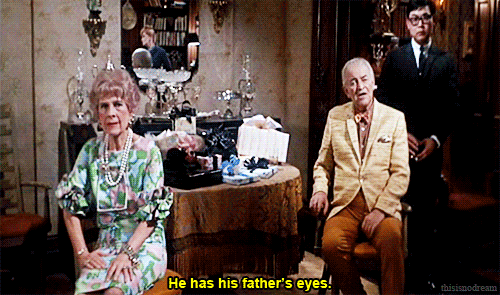
Ruth Gordon and Sidney Blackmer play hosts to Ernest Harada (at right) in Rosemary’s Baby
SG: Yes, that’s true. I had asked you before if ‘Rosemary’s Baby’ was your first film but you mentioned you were in ‘Valley of the Dolls’ from the year before ‘Rosemary.’
EH: I was…, I think I opened a door; I don’t even know whether I said anything. What had happened was I had gotten to Hollywood, I was on route to New York to become a starving artist, I mean this is after Europe.
SG: Right. After your studies there.
EH: But I had a friend who was involved in the Columbia new talent program, Studio Players, and he got me involved so I immediately got an agent. One of the very first people she set me up to meet was Joe Scully who was a casting director at 20th Century Fox, and he was working on a film called ‘Valley of the Dolls,’ and at that point they were screen testing and he liked me and I liked him and we hit it off and he said “You’re going to need your Screen Actors Guild card.” So he got them to basically write me in on screen tests. So I had like a week of screen testing with Patty duke and Barbara Parkins and Sharon Tate and when the film came around he put me in it! (laughs)
SG: Excellent!
EH: Right. I mean, basically he was just helping me to get my screen actors guild card, not that there was a specific role that was called for. And in a sense that’s also what happened with ‘Rosemary’s Baby.’ My agency was the Bessie Loo Agency. My agent was Angela Loo her daughter, who began her career at the same time as mine. I got a call from my agent and she said “Oh, you have a job on ‘Rosemary’s Baby’.” It was a bestseller in every showcase in the bookstores so I immediately rushed out, read the book twice, I called her back, I said are you sure you have the right movie? And she said “Yes, I have the contract right here in front of me!” I said well, what part do I have? She said “Well, I don’t know. I went in and tripped and fell – I was supposed to meet Roman Polanski and your picture was lying on top at his feet – and he said “Him. I want him.”” (laughs) And she said “Oh, but he’s my most expensive actor.” At that time I was her only actor (laughs) . So I mean, if they say that’s what luck is, that’s what luck is. But, literally she tripped and fell, and my picture was on top because I had just met with her a couple days before, and she was a brand new agent and we both got our first jobs together with Roman Polanski.
SG: How lucky!
EH: And that’s how I got the job for ‘Rosemary’s Baby’, and I walked on set and still didn’t know what the hell I was supposed to do!
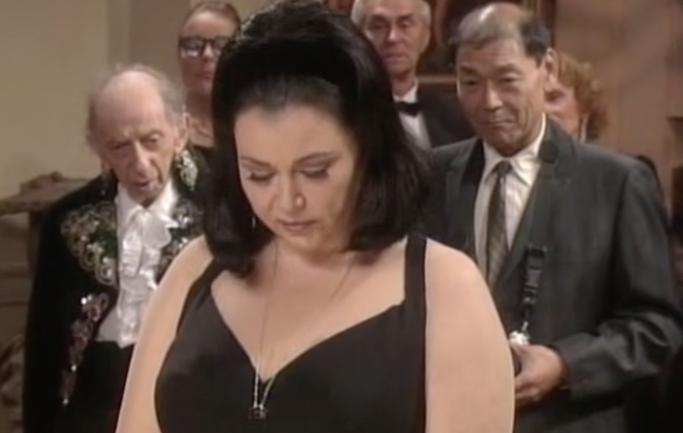
Actors Phil Leeds and Ernest Harada both appeared in the film ‘Rosemary’s Baby’ and both appeared in a Halloween episode of Roseanne with a ‘Rosemary’s Baby’ twist!
SG: And the scene you were in was filmed in California, I believe.
EH: Yes, it was filmed on the Paramount lot.
SG: Right. Do you recall around how long it took to film that final scene that you appear in in the film?
EH: You know, I think the original contract was for a week, but I think we went ten days.
SG: Wow! Ten days!
EH: Not that I knew much about film making; I mean I was a total newcomer. But what Roman was doing with the hand-held cameras without any kind of break… I mean I had worked on ‘Valley of the Dolls’ so I knew what dolly shots were, and close-ups and how they set up a shot, but what Roman was doing with ‘Rosemary’s Baby’ was having the camera on somebody’s shoulder walking through these elaborate sets all in one take! And even during the scene itself when Rosemary finally comes in, rather than using a tripod or a dolly, he had the cameraman literally over her shoulder filming reactions on people. That’s how he could get really get an unbroken feeling from the audience viewpoint and from Rosemary’s viewpoint – of reactions. It was, as I discovered later, a trend-setting technique.
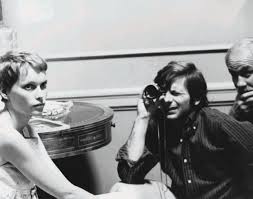
On Roman Polanski : “It was, as I discovered later, a trend-setting kind of thing he was doing.”
SG: Yes, it’s really a unique perspective. Everything in the film is from Rosemary’s point of view or the camera is always on her face or what she’s doing. There’s just something so enchanting or enthralling about that film with the camera work and the point-of-view.
EH: Exactly. Yes. And only someone who really understands how to put a film together appreciates what the camerawork was, and that’s what took up so much of the time. But in the film it was seamless, it was flawless. I think that was his secret to making it as horrific as it turned out to be; there’s an absolute smoothness about the whole thing and a reality – a different reality.
SG: So, what was your impression of the role you were given in the film?
EH: Well, I asked Roman about that finally. I said my part isn’t in the book at all. He said “If you look around you see these Japanese business men all over the place and they all have cameras – they’re like in groups of three and four and five, and they’re running all over the world – Europe or America – and they all have cameras! I wanted to put that in, so you’re it!”
SG: Wow, what a stroke of genius.
EH: Well, he is. I think he is. A bonafide, certified genius.

Ernest Harada on the left at the climactic moment of Rosemary’s Baby.
SG: Your character is quite conspicuous in the final scene. It’s kind of an odd character to discover there in that scene of the story.
EH: Yes. (laughs). Every character in that scene is kind of odd! (laughs)
SG: True. (laughs)
EH: It’s not a usual assemblage of folk.
SG: True! This selection of character actors and theater folk was really, I think, another example of Polanski’s genius; they all appear odd yet somehow familiar at the same time.
EH: Right. I mean individually you look at them and you think “Oh, she’s a nice old lady,” but in that setting suddenly that nice old lady has another dimension. The film made what was normal extraordinary. And a lot of those people – the older people – were extras but he cast them extremely well. Even I was kind of creeped out whenever we were on the set.

Ruth Gordon as Minnie Castevet, behind her are Natalie Masters and Elmer Modlin.
SG: What was it like meeting with and working with the cast and crew there? Do you have any interesting memories of working with the actors?
EH: By the time they filmed that scene Mia [Farrow] was already getting divorced from Frank Sinatra. So she was experiencing an emotional trauma. Between takes she’d rush to her trailer, and she had a dressing trailer right in the middle of the sound stage, so we never saw her. But I became good friends with Sydney Blackmer and Ruth Gordon. And sometimes, I mean we had a lot of lunches together, Sydney was trying to bring me in and telling me I have to get to New York. That’s of course primarily where he was, he was a great matinee idol on the Broadway stage. And Ruth, Ruth Gordon hadn’t become the big star she was then. I mean she was primarily known as a writer. But she had just been to New York and seen ‘Cabaret’ the musical so she was singing the songs and tried to teach them to me. We were having a great time. And sometimes Patsy Kelly would join us. And that was pretty much it, I mean Sydney, Ruth, Patsy Kelly and myself; we hung-out around a lot during the filming.
Want to know ALL the witches in the Castevet’s coven? Read our article: All of Them Witches: A “Who’s Who” in Rosemary’s Baby

Sydney Blackmer as Roman Castevet / Steven Marcato with Mia Farrow as Rosemary Woodhouse
SG: That’s so great! I was born in 1970 so I recall seeing a lot of Ruth Gordon and Patsy Kelly while growing up in the ’70’s.
EH: Yeah! They’re delightful people. I mean I love actors. I’ve spent my life with them!
SG: Was there any particular direction you were given for that final scene?
EH: No, it just was “Say this” or “Do this” and it would change on different takes. I’ve worked with other directors who just say “Do it the way you feel it; that’s why I hired you. You’re the actor.” And Roman was a little like that in that he primarily worked with the camera people. I don’t recall him giving much acting direction – to any cast members, on the set. He may have said things to actors privately, but not on the set. Everyone pretty much knew what they were going to do and he pretty much let us do what we wanted to do with it.

Roman Polanski is the camera’s eye on Mia Farrow
SG: Your character really does seem like he just stepped off the airplane and your Japanese accent is perfect. I live in Japan so I was really intrigued by your character because I wondered ‘Did they just run to the airport and pick up this guy and hire a taxi to take him to the set? I mean he’s just flawless! But you must have been familiar with a Japanese accent I think.
EH: I had certainly heard enough of it! That was not a big stretch. I was good with a lot of accents though. Later on I’d go to interviews and they’d say “We need this part and we need it in a Japanese accent.” So I’d do it and this one producer said “That’s not a Japanese accent.” Excuse me? I asked him what he thought a Japanese accent was. And he said “Well, like Richard Loo in all the World War II films.” I said, “Well I hate to inform you, I know Richard Loo, he’s from Maui, and the accent he has is basically a Chinese accent. His name is Loo, that’s Chinese. But then that was typical of the kind of stereotypical treatment we got that I personally, fought so hard against. Why can’t I speak the way I speak? I mean, you want the Queen’s English? I’ll give you that (mockingly as a perturbed producer): “Oh no! No!”
SG: In that final scene, when you were on set, did you look in the bassinet? Was there a baby or a doll prop in that bassinet? Because in the film we never see a baby.
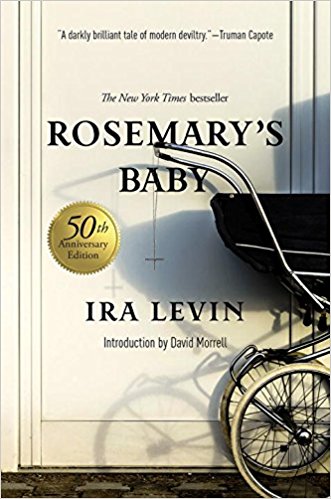
EH: They later, I found out, tried to do a baby in the set and they realized that it was not horrific. But no, there was no baby in the bassinet. Mia did a fabulous job!
SG: She really did! When the movie came out do you recall any reactions from family or friends as to the story or the content of the film?
EH: Basically my people were actors and people involved in film, and this is in California and Hollywood, and they realized what a great horror film it was. My family was just happy to see me working. (laughs) But then they were not movie buffs or critics in any sense of the word. But no, even when it was first released there was a sizable group who realized that it was a great, great film. The fact that there was no blood; it was Hitchcokian in that sense, it was so suspenseful. Horrifically suspenseful with no blood or anything, it just slowly built into this horrendous ending. And it’s really a very unlikely story! (laughs) The Devil’s child! And Polanski made it happen! It became real! And that was really Ira Levin and Polanski. And really the story is kind of preposterous.
SG: Yes, truly. It’s almost a little humorous; like darkly humorous, in a sense.
EH: Exactly! But they made it very real.
SG: And without all the blood and violence. These days every horror film I see relies way too much on graphic effects and gore. Rosemary’s Baby is such a perfect film without any of that; the horror is all cerebral.
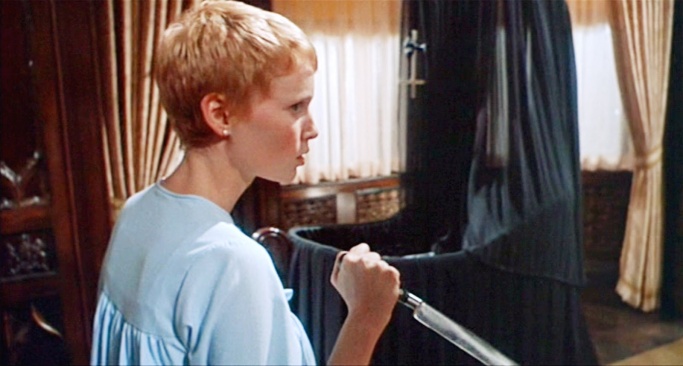
EH: Yeah, and the other film that’s always referenced, as far as horror films, is The Exorcist! And Rosemary’s Baby doesn’t have all that slime all over the place or the heads turning 360 degrees, and bodies flying out windows… You know as an artist I realize the artistry in ‘Rosemary’s Baby.’ I mean the effects it got from so little was extraordinary. I mean I can’t think of another horror film of that kind of a caliber.
SG: Me either. Do you have any opinions on the cultural impact of Rosemary’s Baby?
EH: The cultural impact is when people say “What films were you in?” and I’ve done a number, I mean I starred with Tom Hanks and John Candy [in Volunteers, 1985] but the one I mention is ‘Rosemary’s Baby’ and everybody instantly knows it. It’s certainly become a classic. And they say “Oh, what part did you play in ‘Rosemary’s Baby’?” and I tell them ‘The baby, of course!’ And they say “What?!”
SG: (laughs) That’s funny!
EH: Yeah, well then they say “Hey wait a minute! There wasn’t a baby!” But I’ve seen, subsequently, maybe on Youtube, them trying to put a baby together that was properly horrific. And I’m glad they didn’t because the baby that your mind creates of course is even more frightening than anything they could show you practically. Your mind creates that baby; but that was the entire film, you know?
“…they say “Oh, what part did you play in ‘Rosemary’s Baby‘?” and I tell them ‘The baby, of course!'”
SG: Right. Now, I kind of skipped over your appearances on Broadway. A few nights ago my wife and I watched ‘Pacific Overtures’ on Youtube. You seemed as comfortable onstage as you did in front of the camera. Do you prefer one over the other?
EH: I have always loved the stage. Mainly because when you are performing onstage it’s just you and the audience, whereas with film it is always through the director’s eyes and the actor really has no control over anything. You come up with a performance but whether that performance even winds up in the final cut is another matter, much less what form it takes. I mean it’s filtered through the director. Whereas on the stage, once you’re onstage, it’s you and the audience, and I’ve always loved that. In fact I’ve used my film and television career to finance my stage work. The stage does not pay. I did a lot of stage in places like Milwaukee and La Jolla and I was losing money, going out of town to do these plays, but that’s where my heart was.
SG: You’re a true artist.

Ernest Harada during the original 1976 Broadway cast recording of ‘Pacific Overtures’ written by Stephen Sondheim and John Weidman.
EH: Well, it’s what I loved, and I believe in pursuing what you love. Do it! And I didn’t get rich and famous but I had a very fulfilling life as an artist.
One time a writer-producer told me he was putting together a TV series, and that I and a certain well known movie star would be perfect in it together. But I was on my way to Broadway to do Pacific Overtures – a chance of a lifetime. Until then, the last show to include Asians in the cast was ‘Flower Drum Song’ 20 years earlier, and after ‘Pacific Overtures’ the only show to include Asians in the cast was ‘Miss Saigon’ twenty years later! So if ever I was going to do Broadway I had to take it. Of course I could not call myself an actor and turn down Broadway for television. And maybe that was a dumb move, I don’t know. But then I’ve never regretted doing Broadway; it’s one of the crowning achievements in my life, more so than anything I did in film.
SG: I agree. I imagine it’s a really wonderful experience.
Link: Ernest Harada performs Welcome to Kanagawa from Pacific Overtures.
EH: Well, to be on Broadway you’re on the creme de la creme; you know? I mean just many people never even get there. Film – you can take somebody off the street and make a star. With Broadway it requires work. It’s discipline. It’s the art of acting and performing. And no, there was no way I could turn it down, and wisely so. I mean twenty years later ‘Miss Saigon’ comes into town and we had to protest it because the lead role – this supposedly Asian man – was cast with Jonathan Price!
SG: Really?!
EH: It was a big hit in London. Cameron Mackintosh was as big a producer as you could possibly get at that time; he was going to bring it to New York and, it was going to be a smash hit. So we went through Actor’s Equity; they would all need to be permitted by Actor’s Equity to bring the London people over. Colleen Dewhurst was then president of Actor’s Equity and we explained our plight to her. The claim was that there were no Asian stars, according to Mackintosh. Our argument to Colleen and the Actor’s Equity board was, how can there be an Asian star when we are never even given the opportunity to play the Asian roles?
“…how can there be an Asian star when we are never even given the opportunity to play the Asian roles?”
SG: Right?!
EH: So I said, you tell me any Asian who’s played ‘The King And I’ and they couldn’t! Because it had never been played by an Asian. And I said it’s a self-fulfilling prophecy that there’s no Asian stars if we are never given the opportunity! Not even to audition! We’re not even in the consideration. This happened in films too. The last leading Asian man was Sessue Hayakawa from way back in the the 1930’s!
Anyway we stopped the show from opening for a while and that was important. Then our biggest advocate, Colleen, died. Now, 25 years later, there is some progress. They have just revived the show on Broadway and the lead character is being played by an Asian. It is gratifying, and I am very proud of what we have done to create this opportunity.

Ernest Harada has made numerous appearances in TV and film
SG: Wow! That’s so great. Now, I have a Devil In the Details question which I would like to ask you, and anyone who I get the chance to interview: What do you consider evil in today’s society?
EH: I think evil is any deliberate act of cruelty. It is selfishness and greed. Evil is what you get when you lack empathy and altruism. In our current society I would say that we, as a country, have focused on the wrong things. Money and greed at the expense of everything else. I don’t see how you cannot provide healthcare for everyone and how you cannot protect the environment that we exist in. I don’t understand how you can dismantle environmental protection and not think of your grandchildren down the line. I don’t see how you can believe money will protect you from a totally diseased and totally polluted world. Evil is selfishness and greed.
SG: Very well said, Mr. Harada and thank you so much; this has been not only an honor and a privilege but a real pleasure to be able to call you and speak with you. You have been so kind and generous with your time.
EH: You are very welcome. Aloha.
SG: Aloha.
This interview took place on April 7th, 2017 Tokyo time, April 6th Honolulu time.
Want to know ALL the witches in the Castevet’s coven? Read our article: All of Them Witches: A “Who’s Who” in Rosemary’s Baby


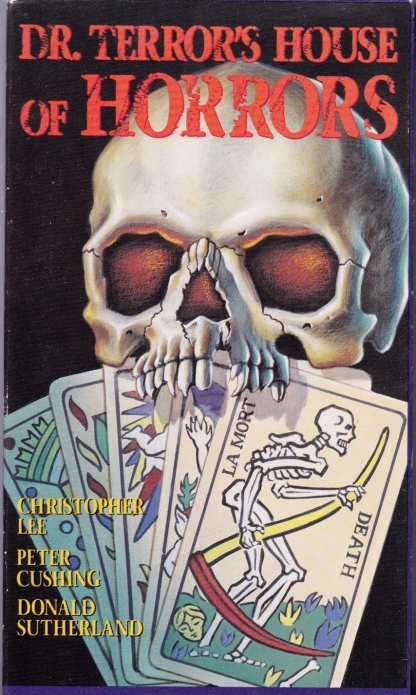
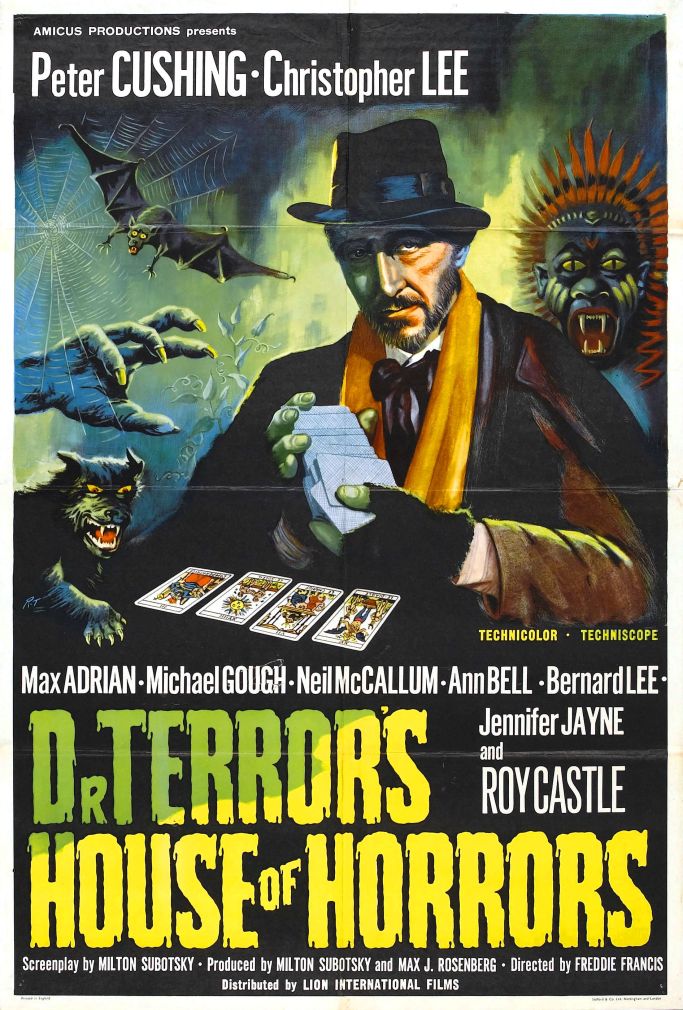
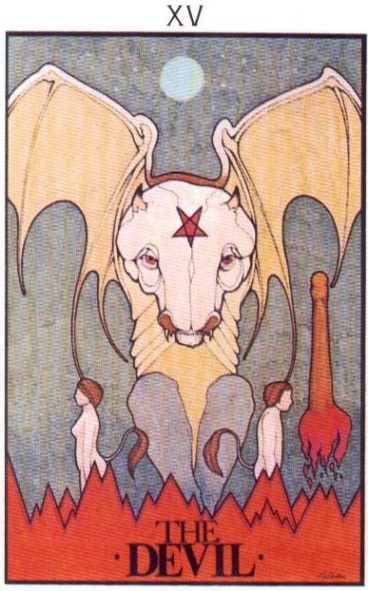

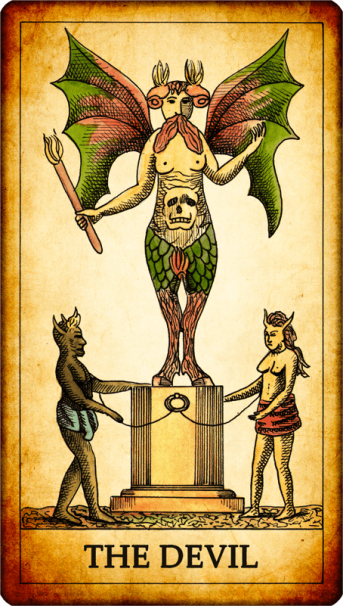

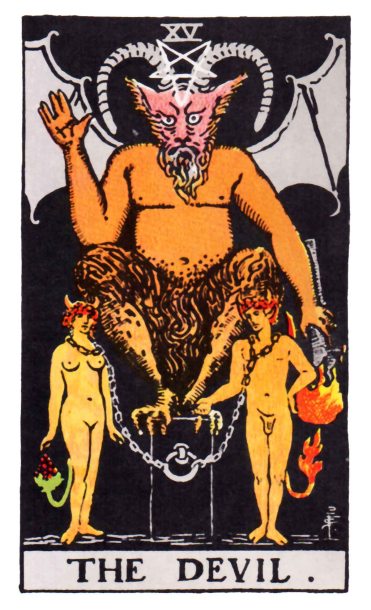
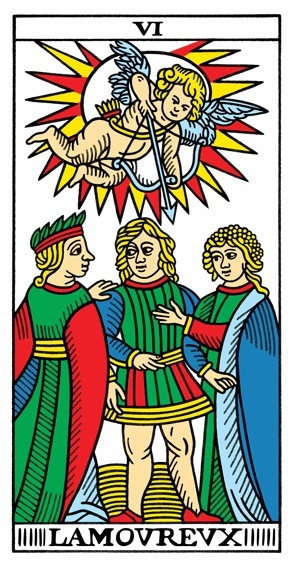
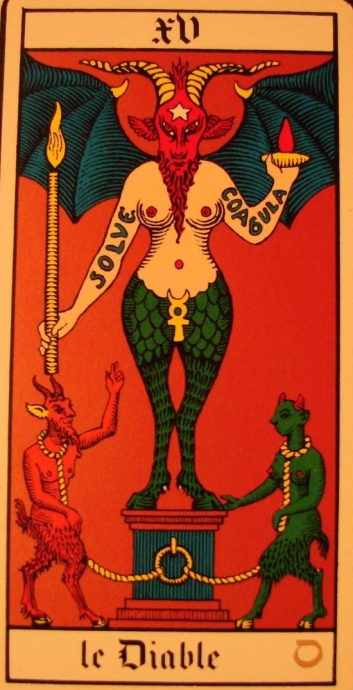
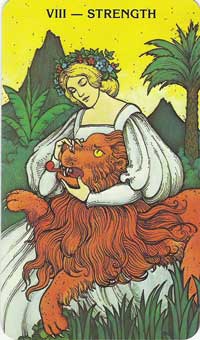
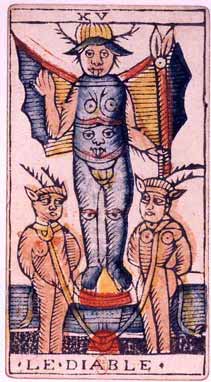
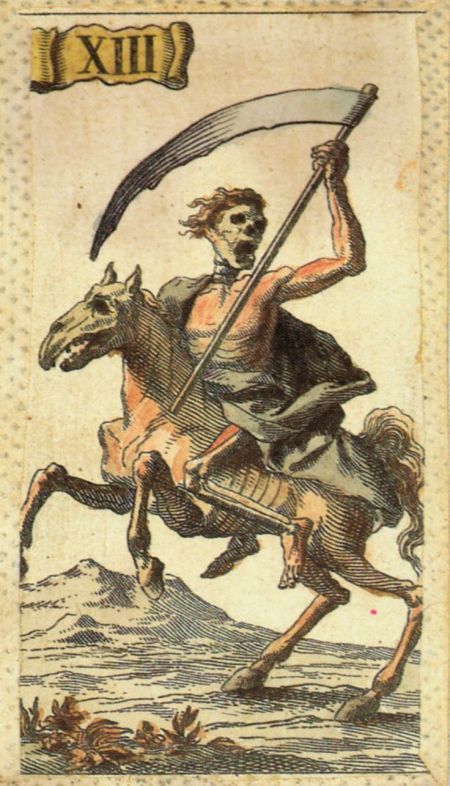

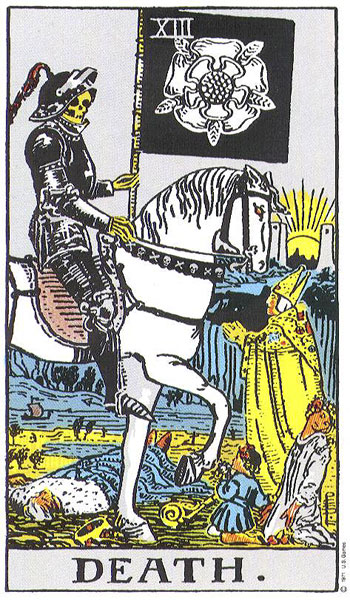

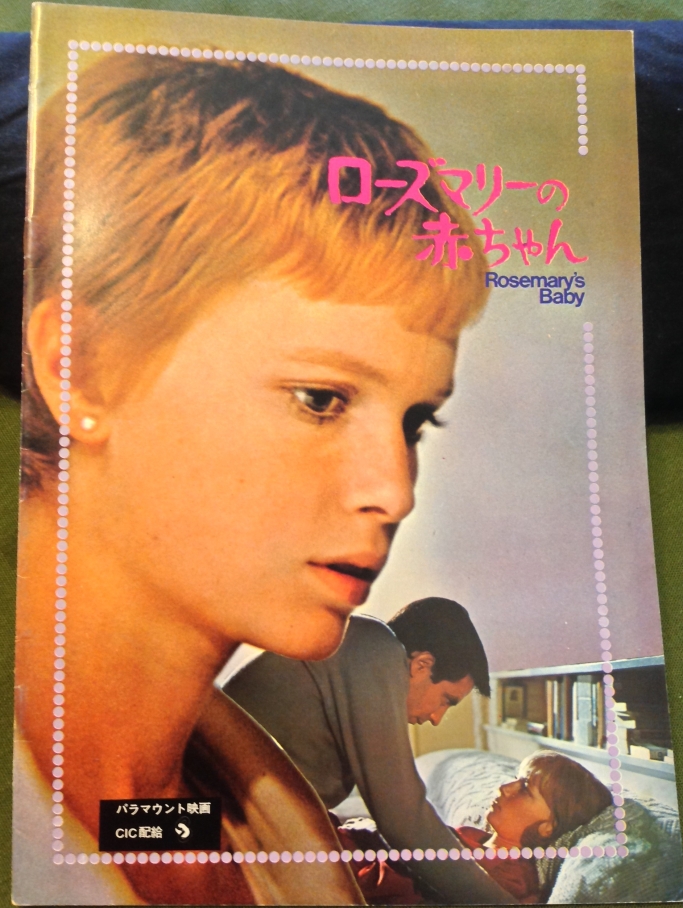
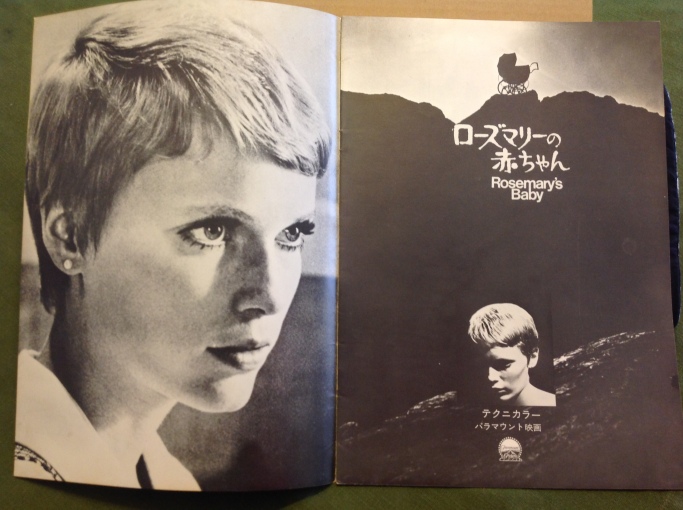
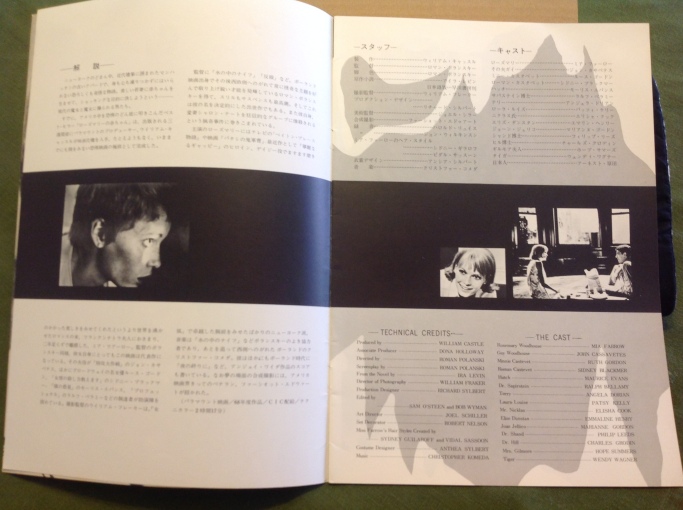
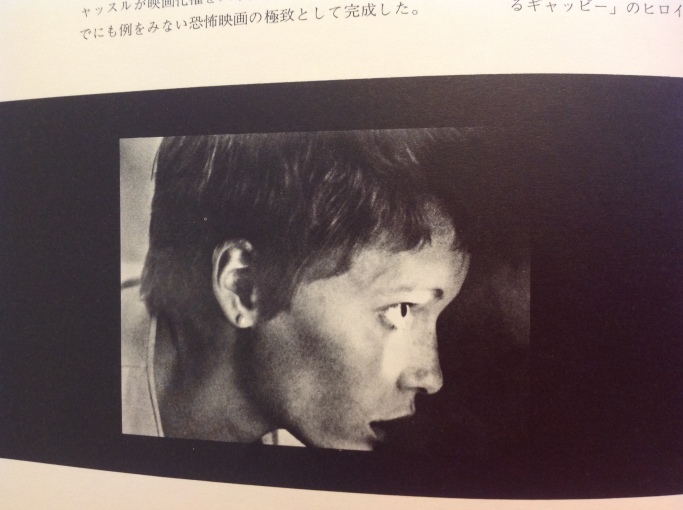
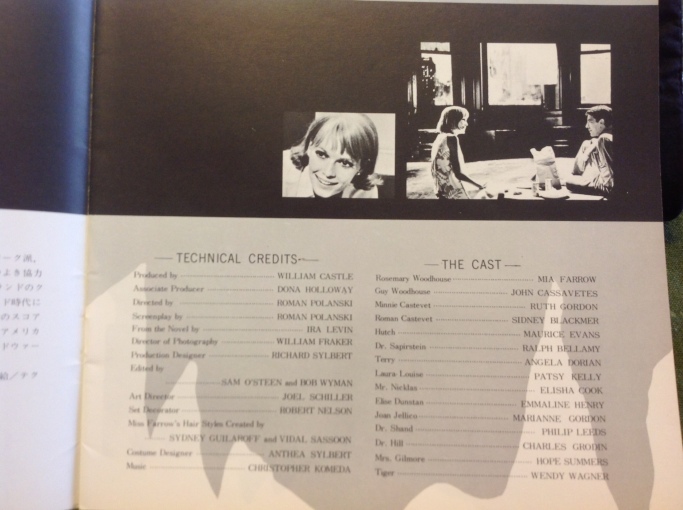
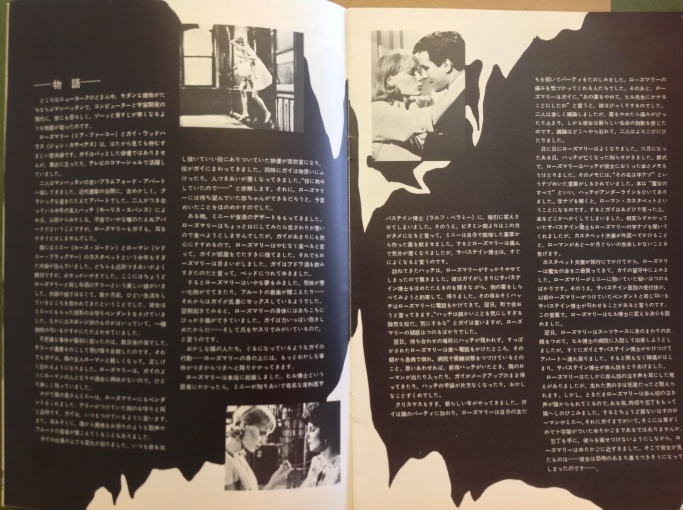
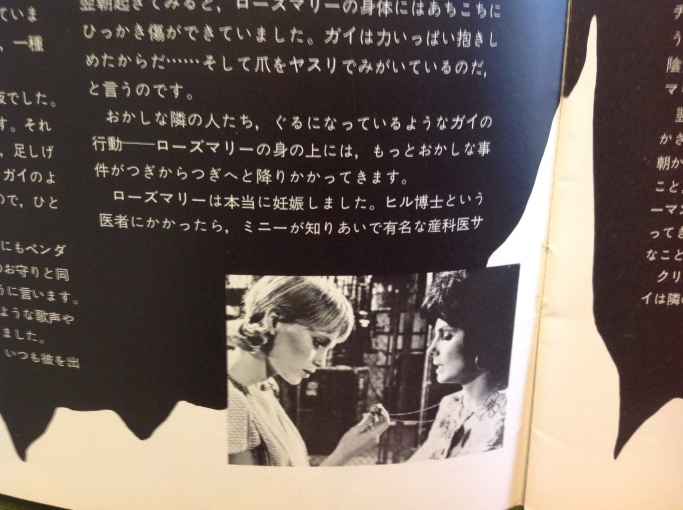
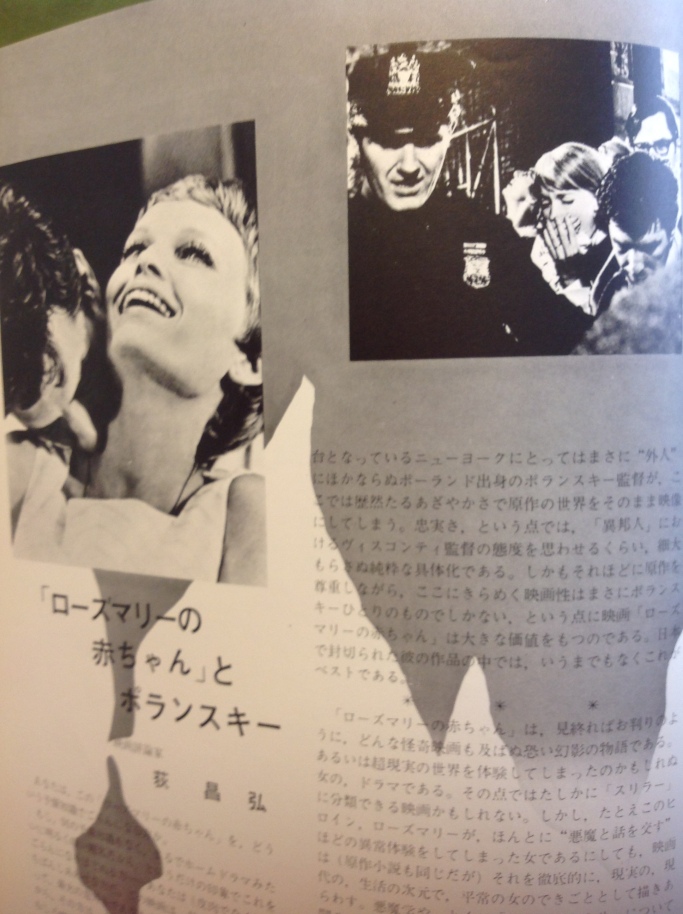


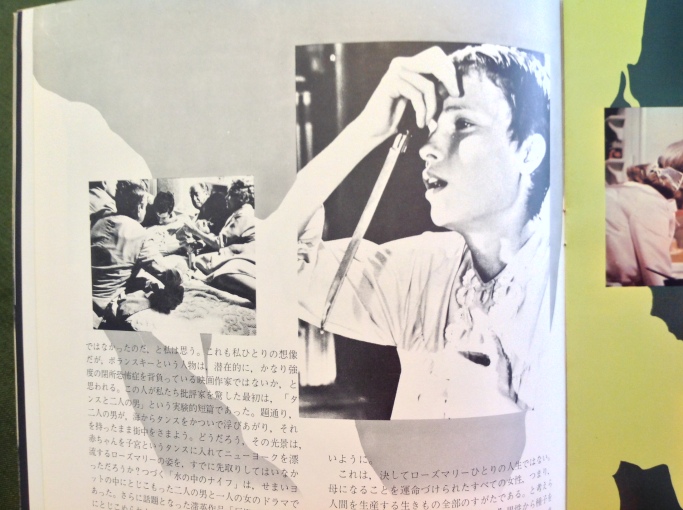
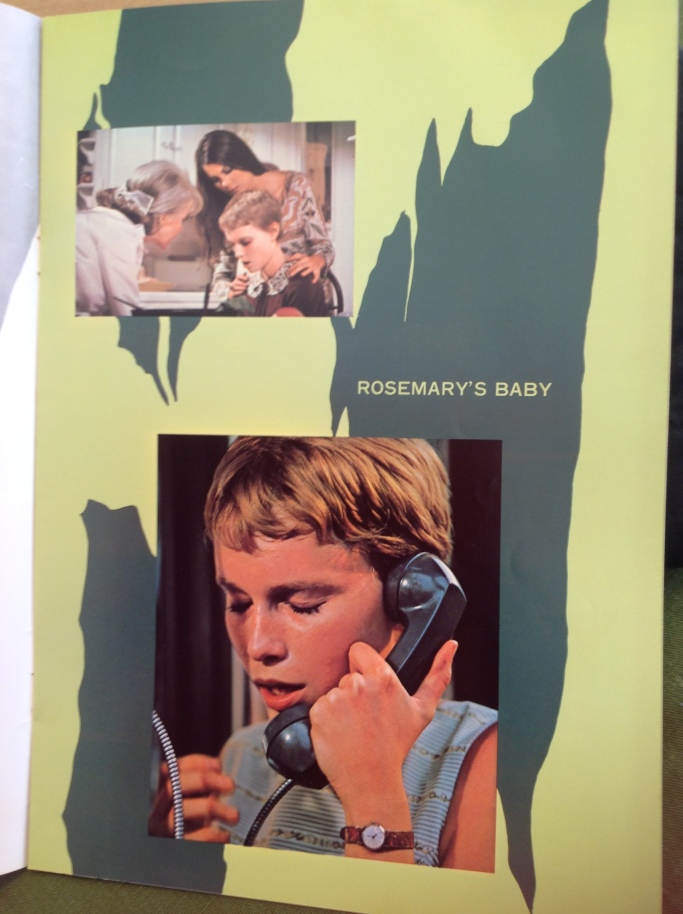
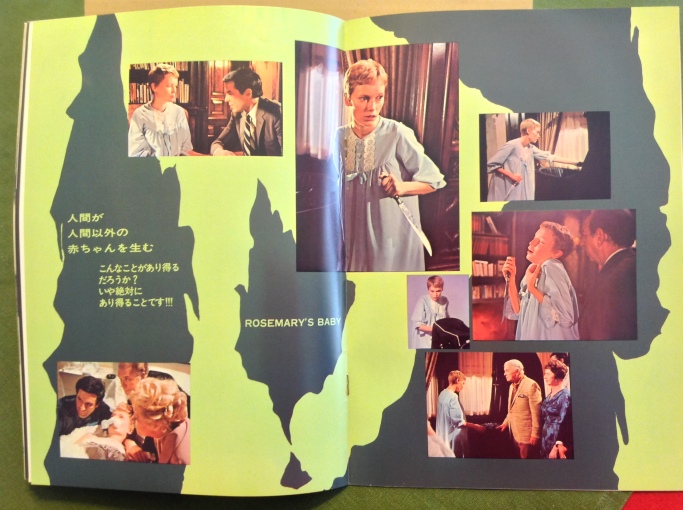


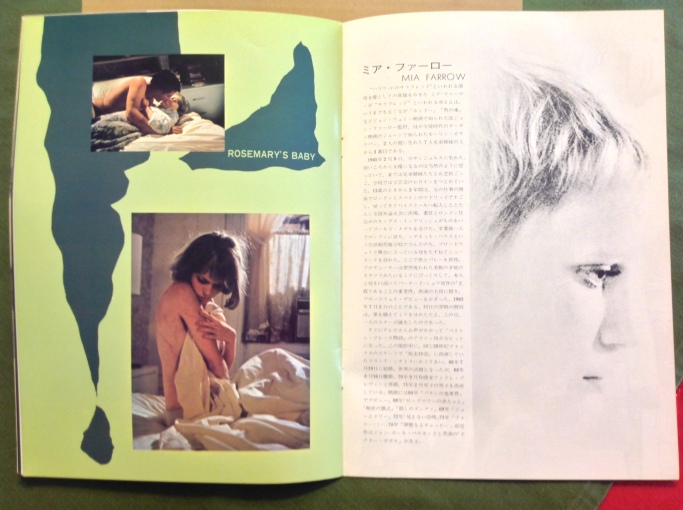
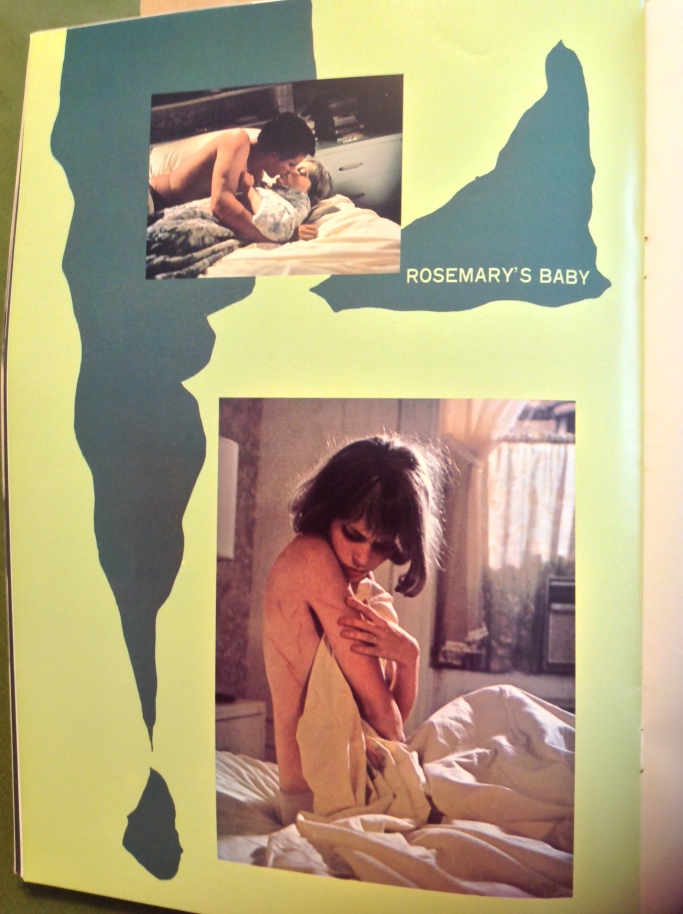
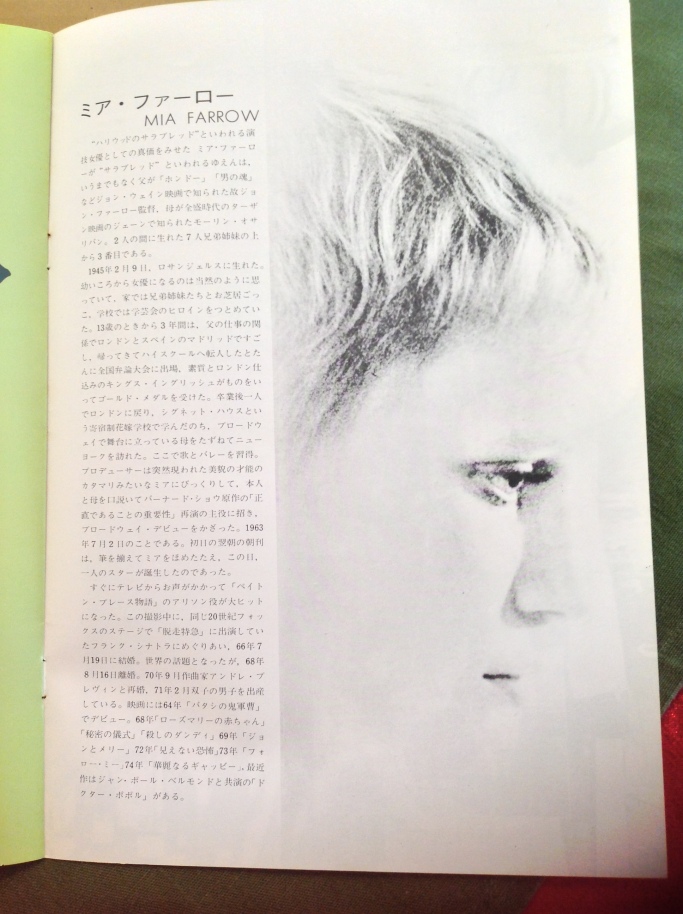

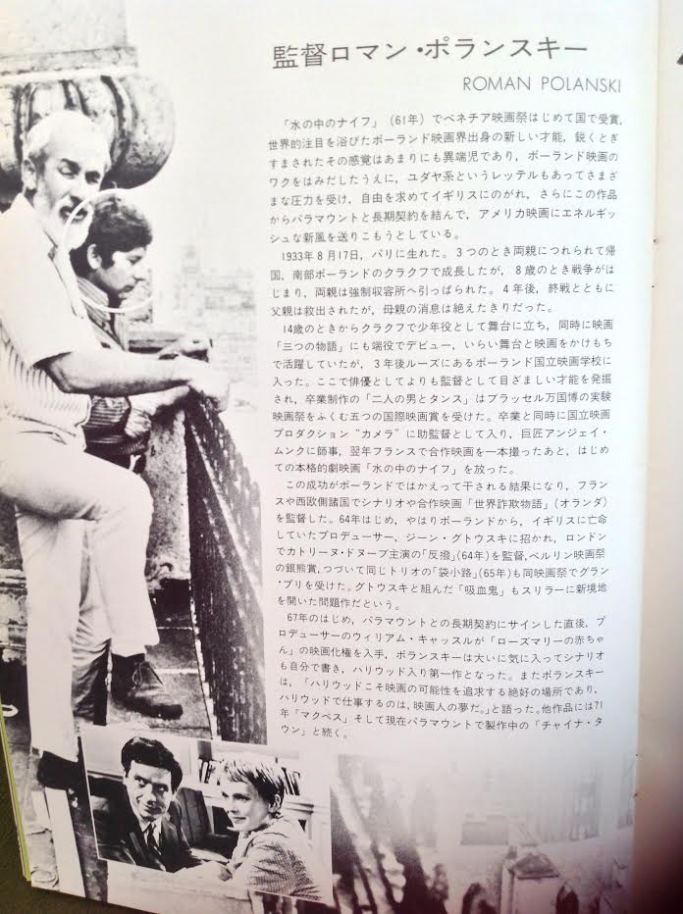
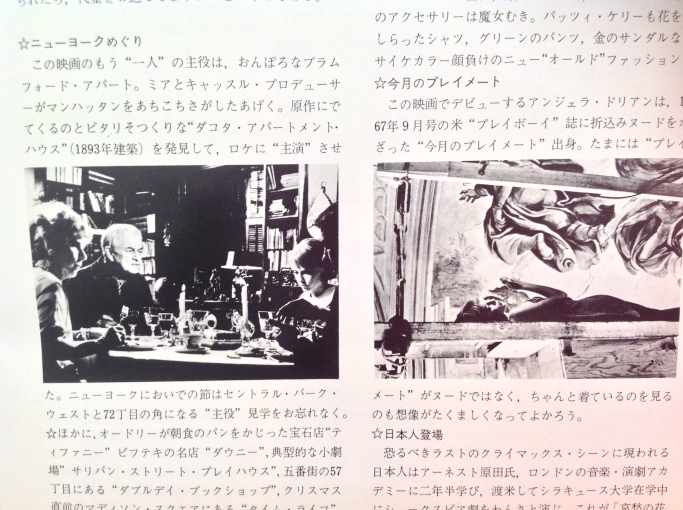
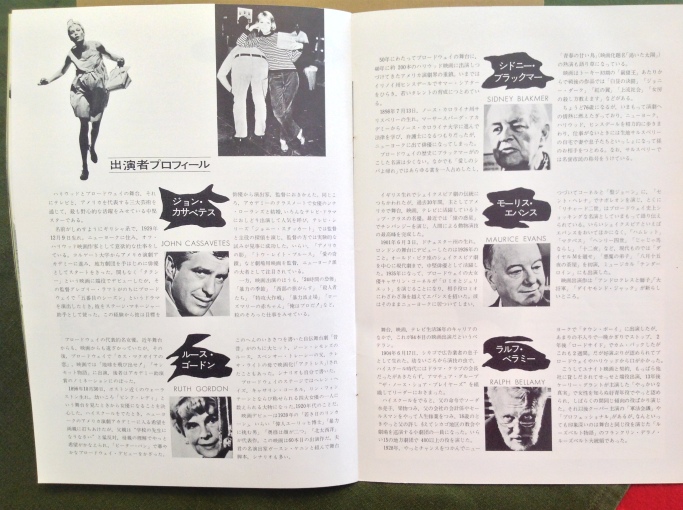
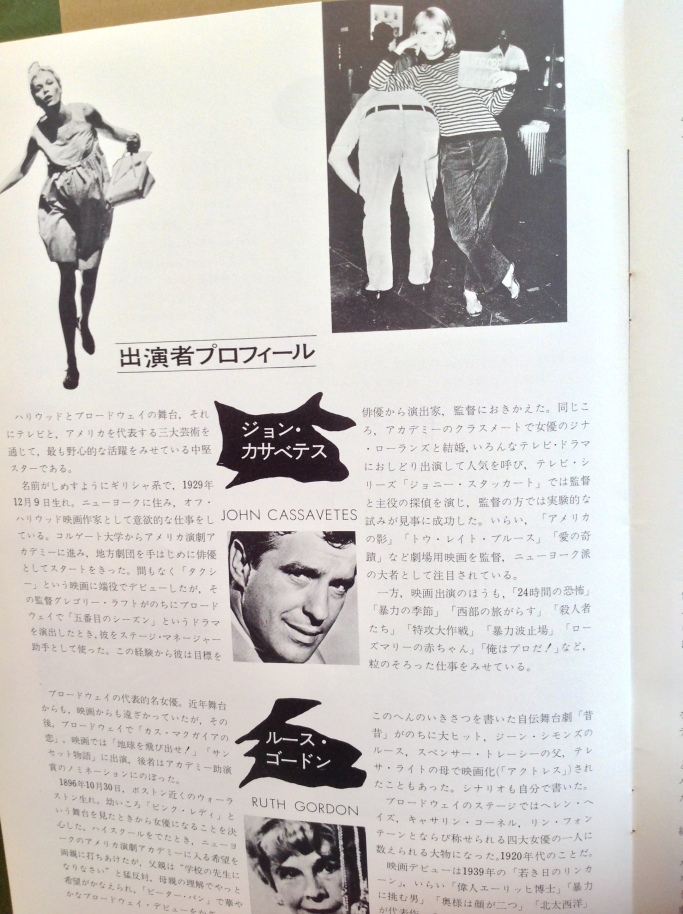
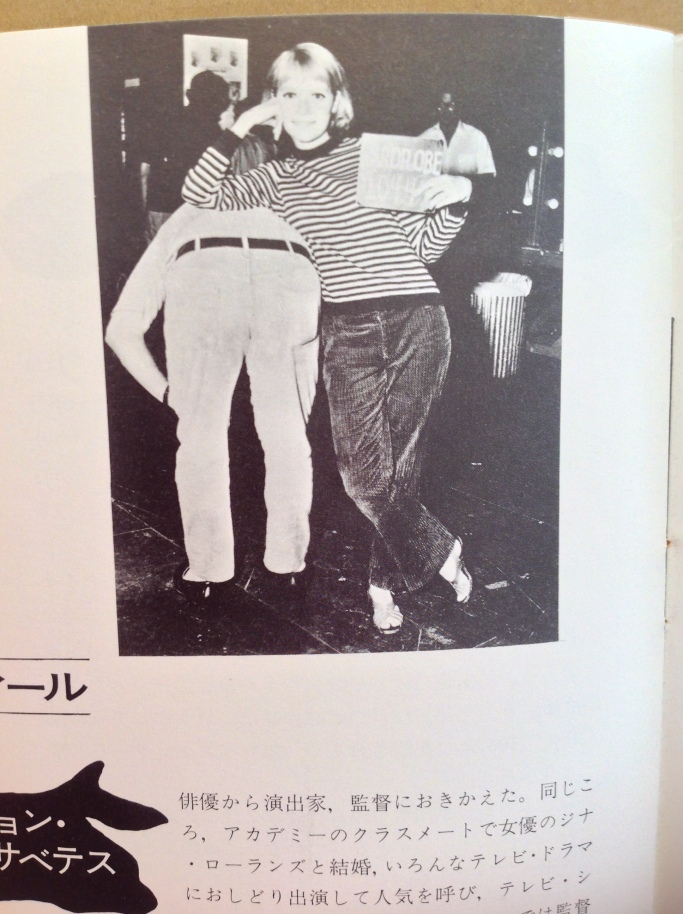
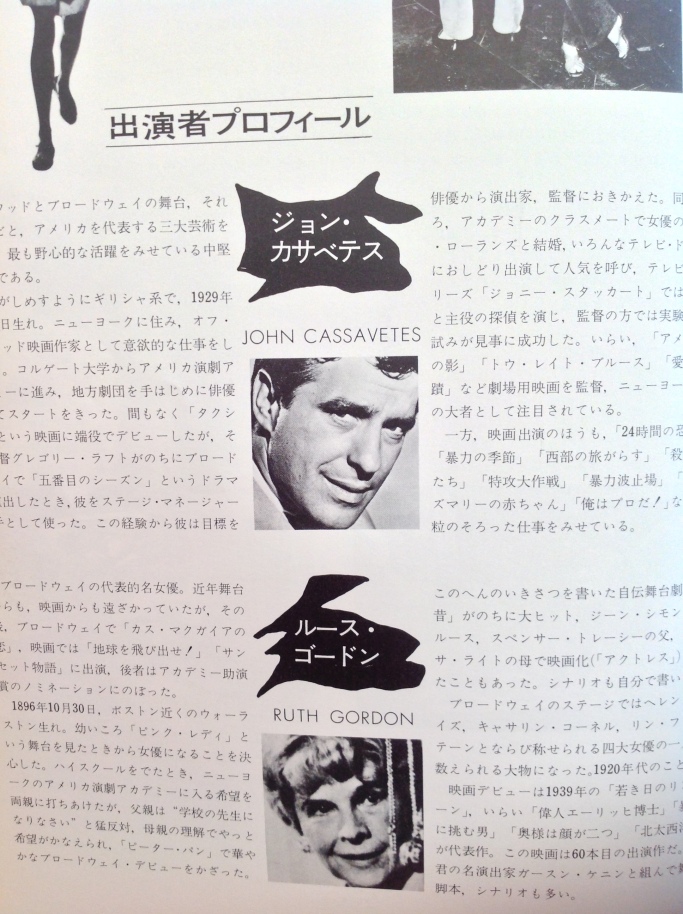
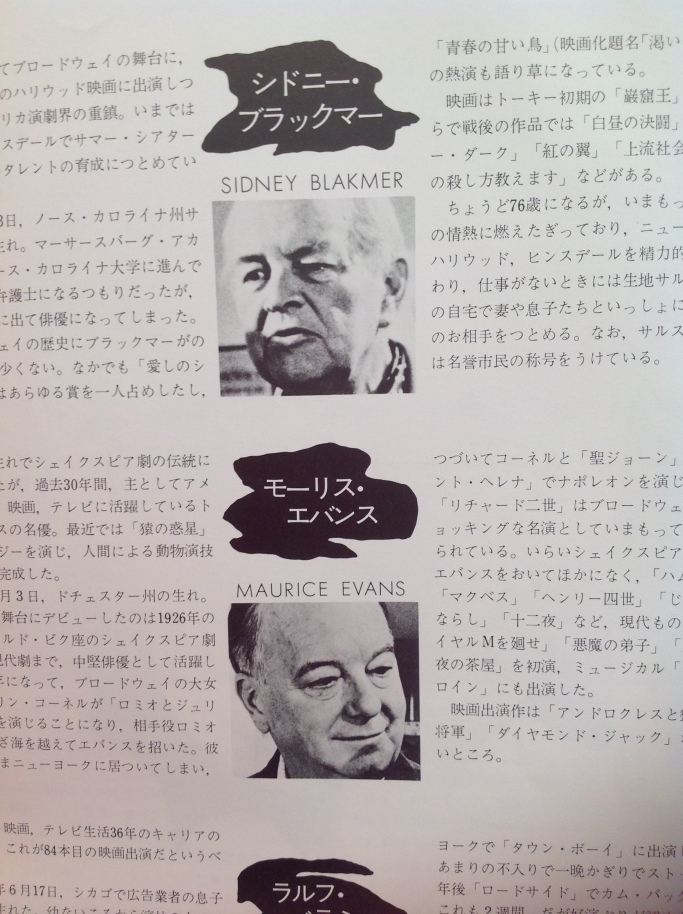
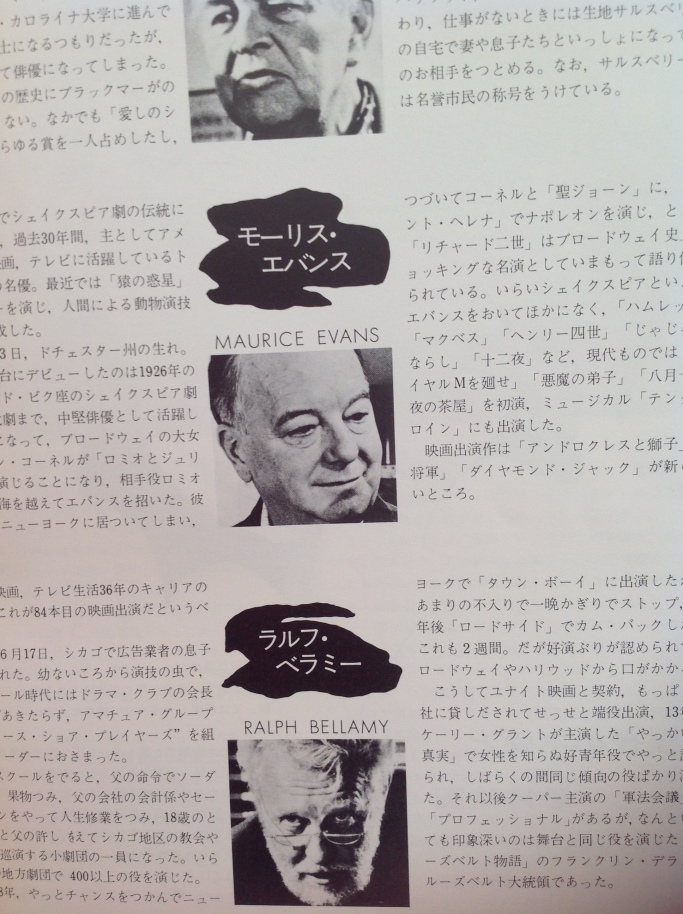
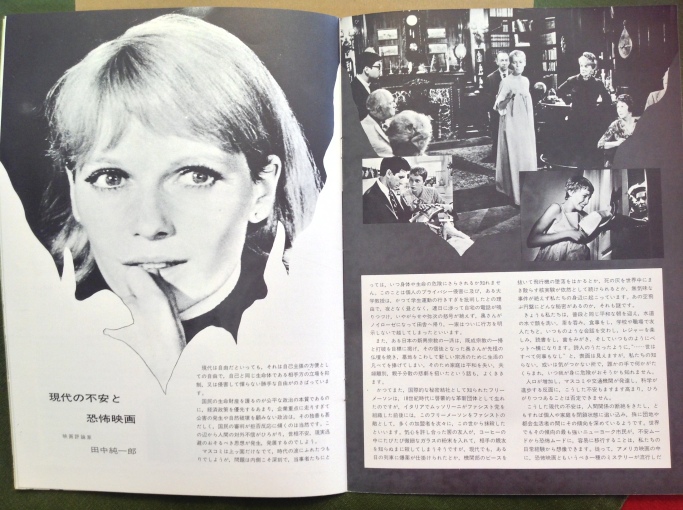
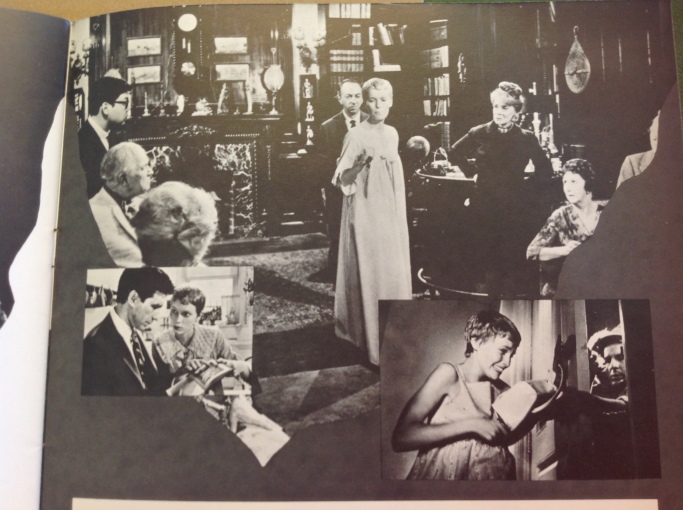

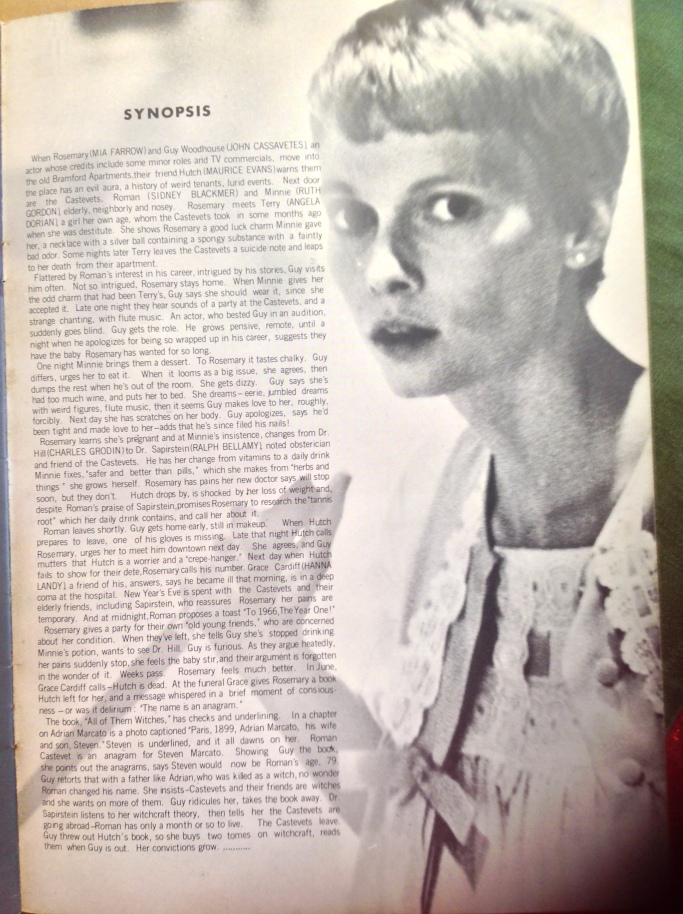
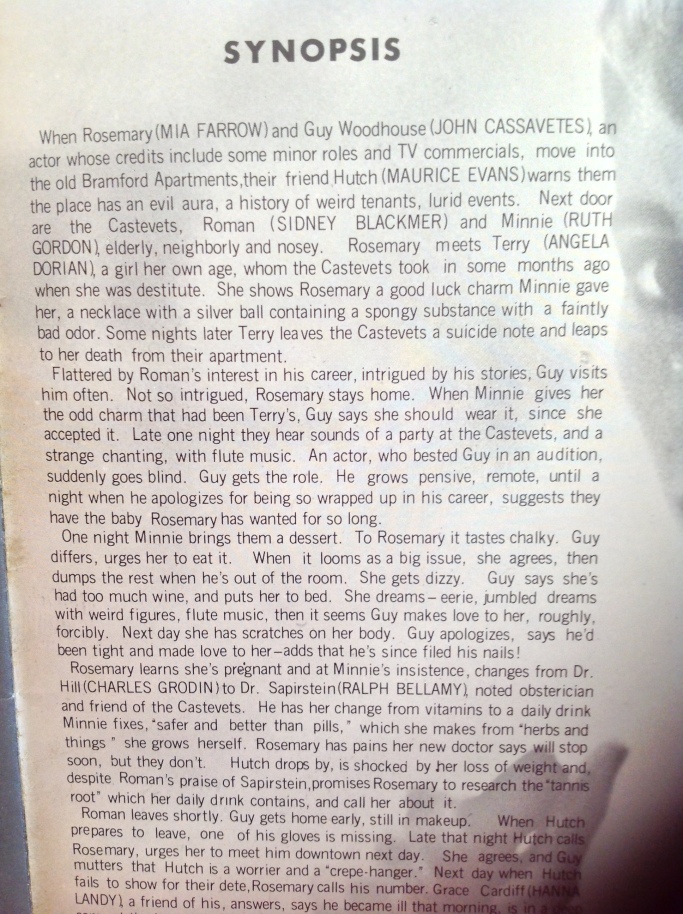


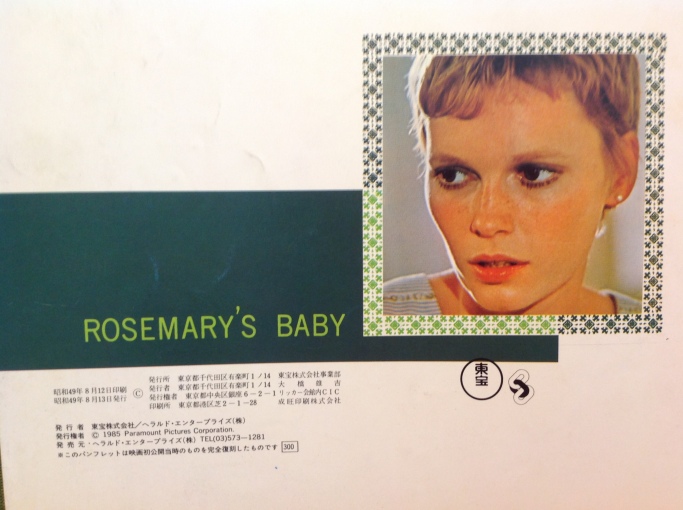
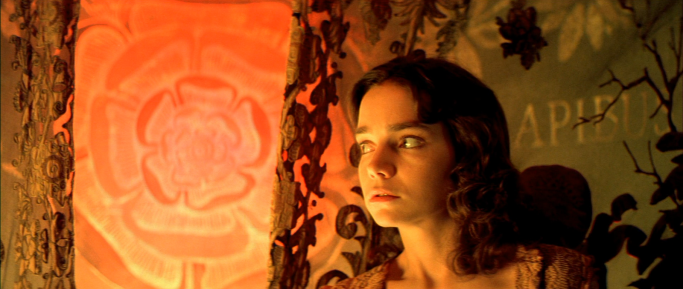
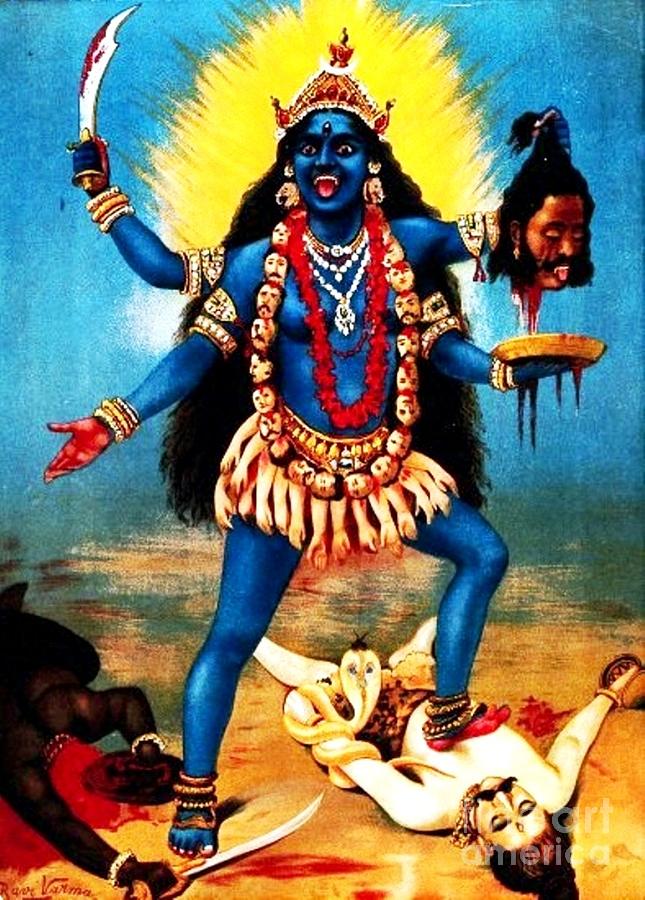
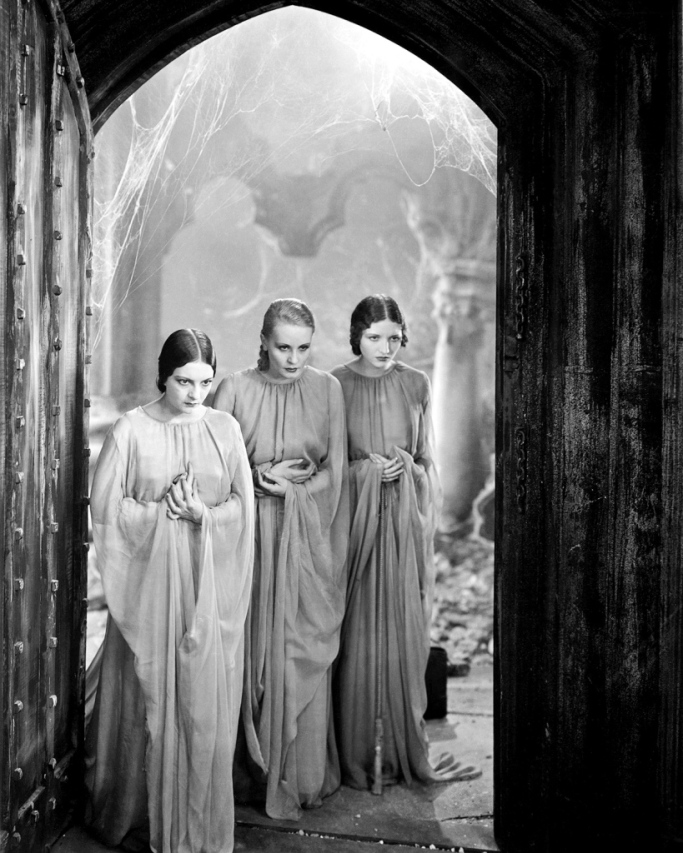
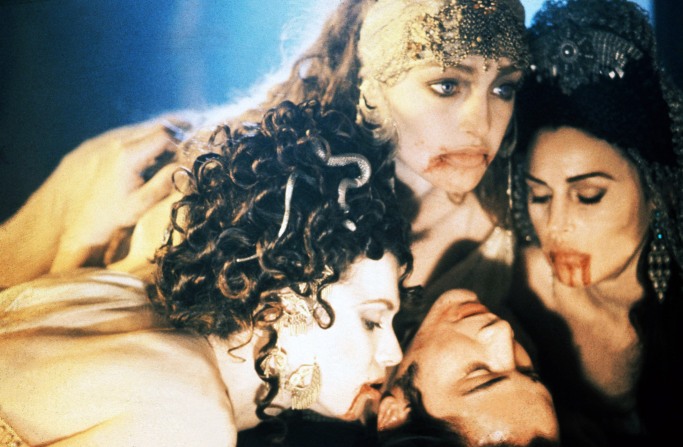
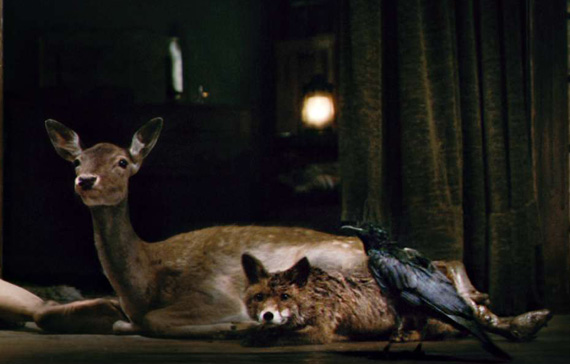
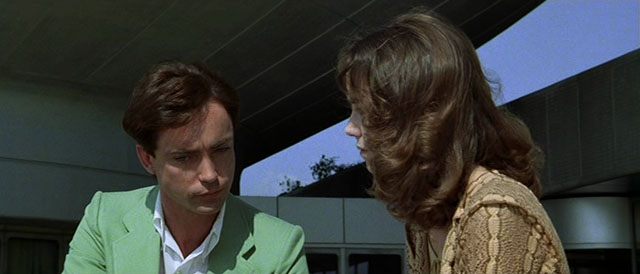


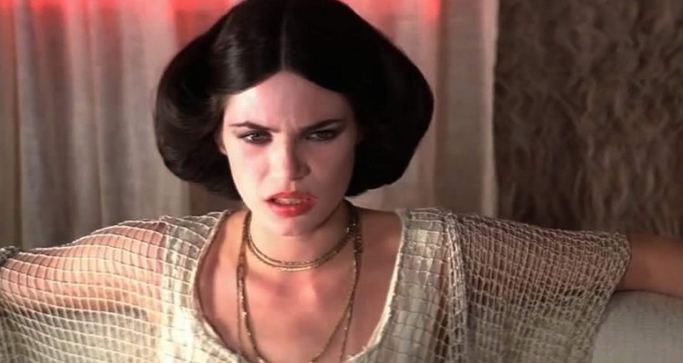
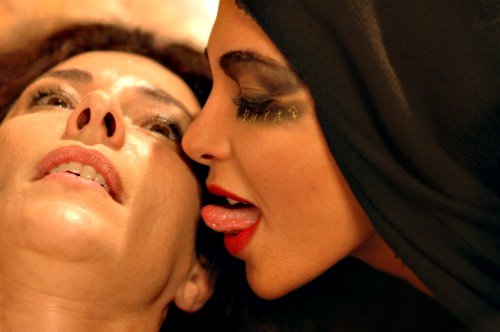

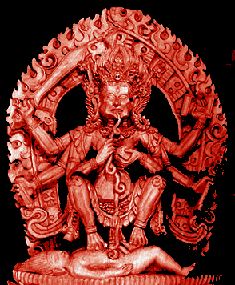
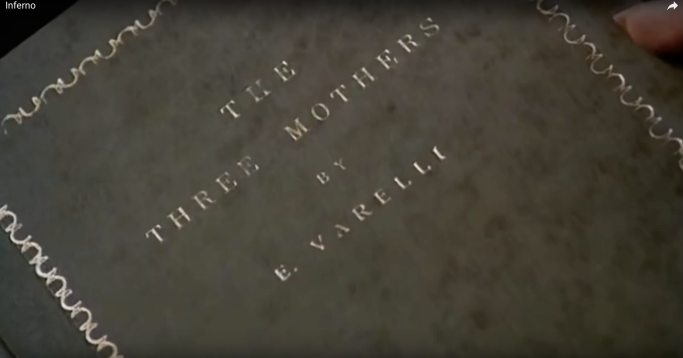


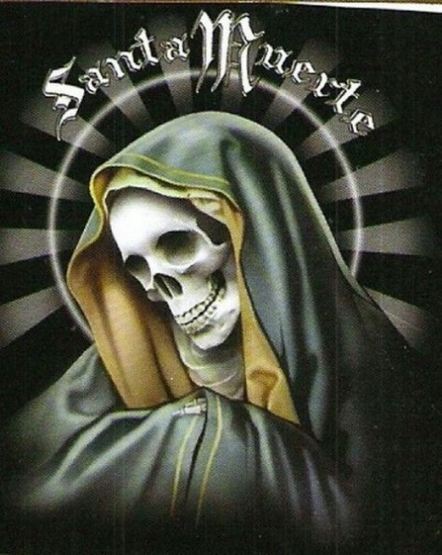
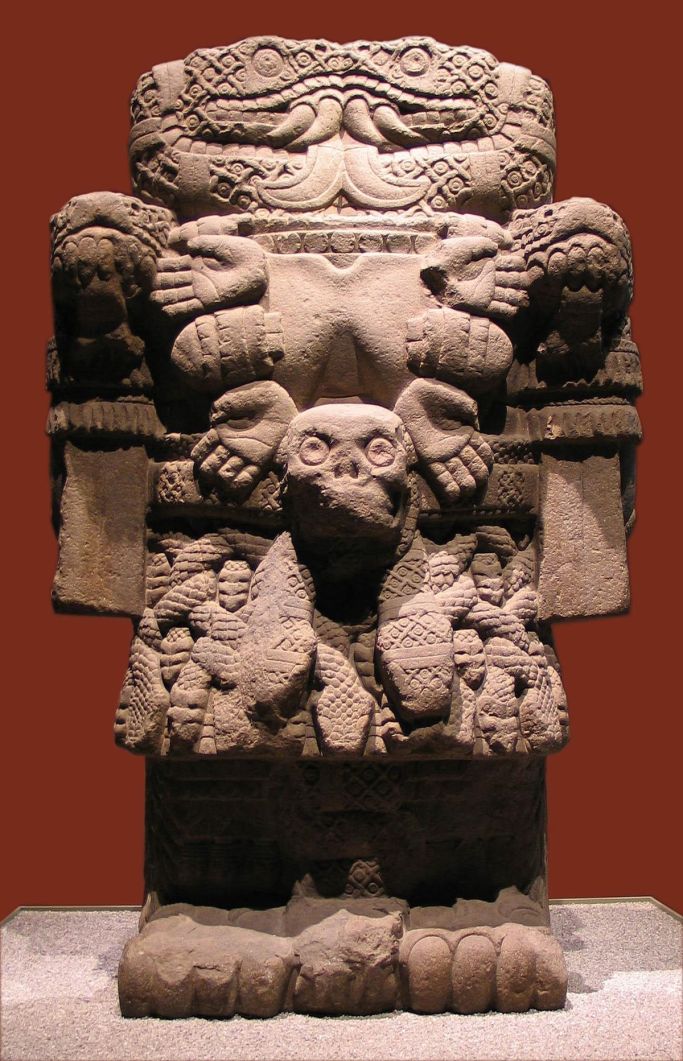
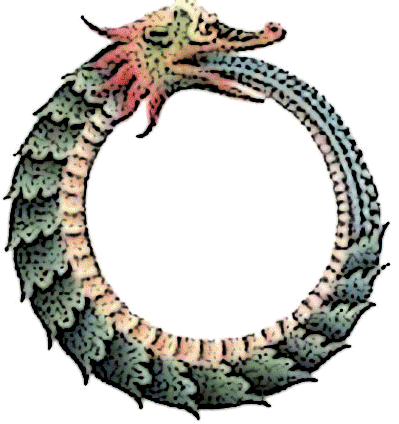
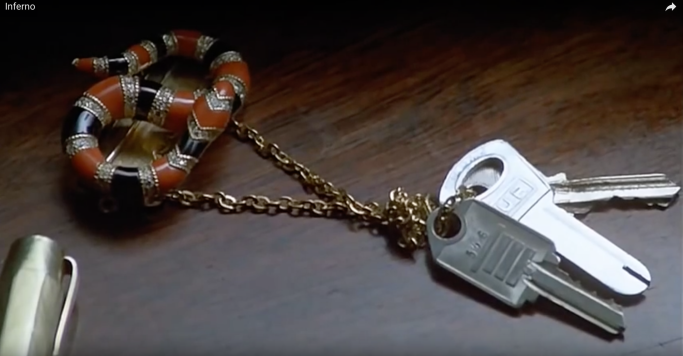
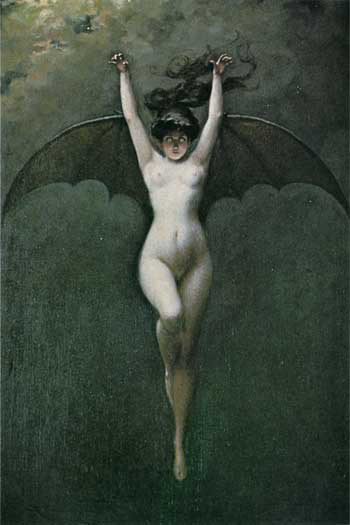
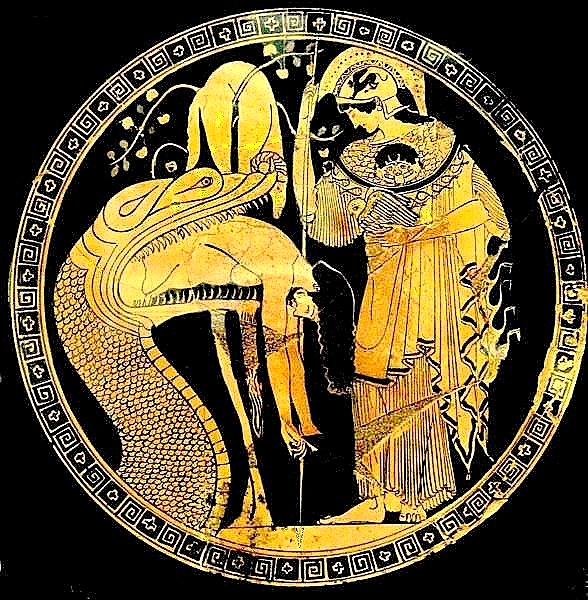
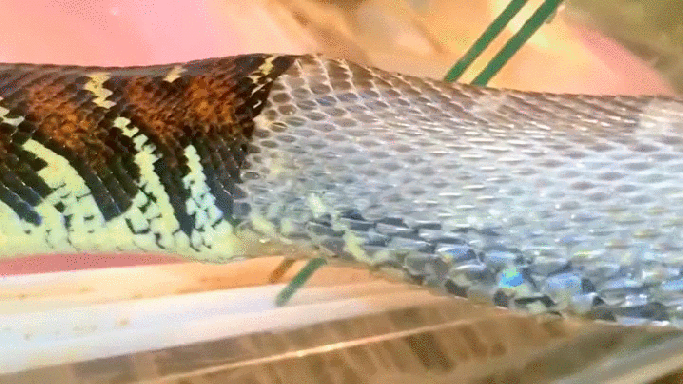
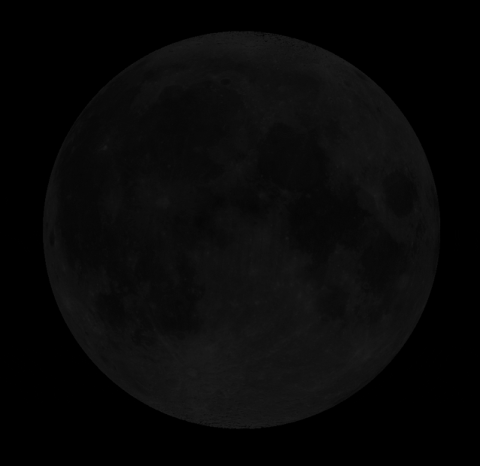

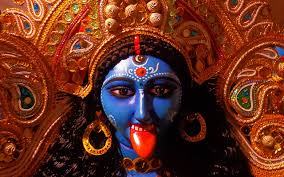

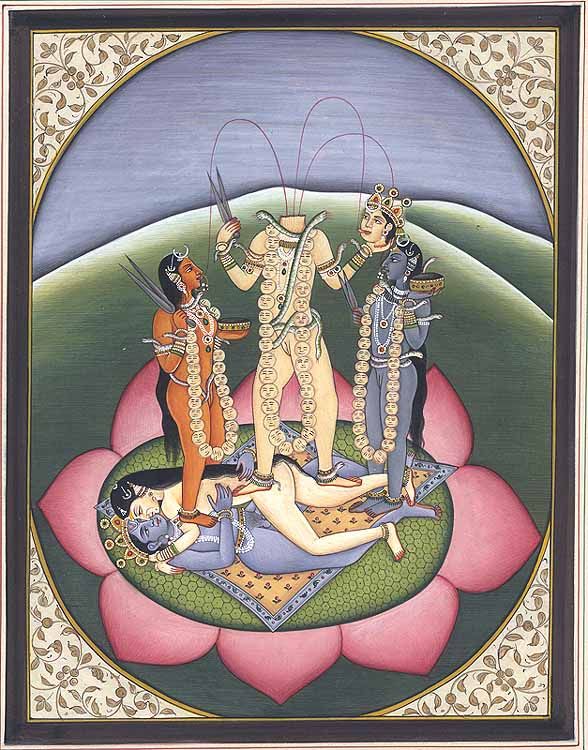

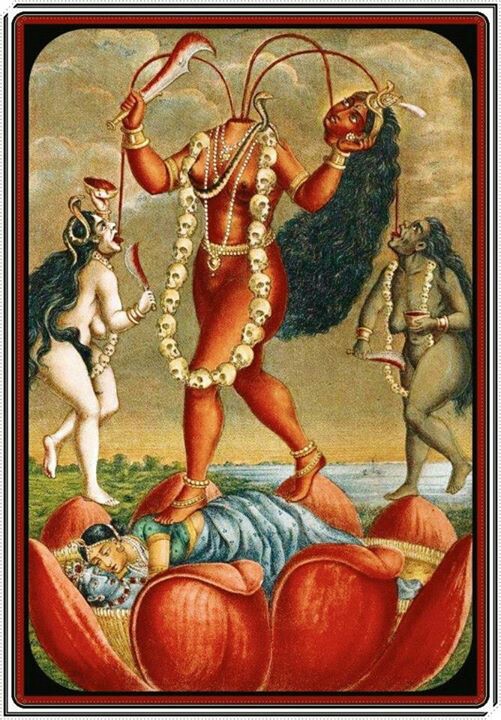


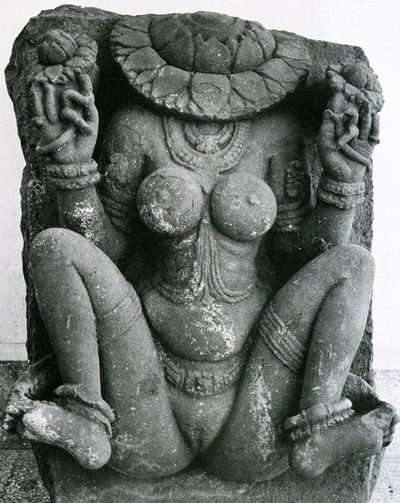

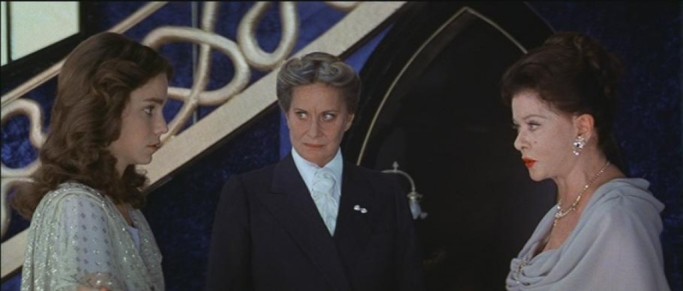



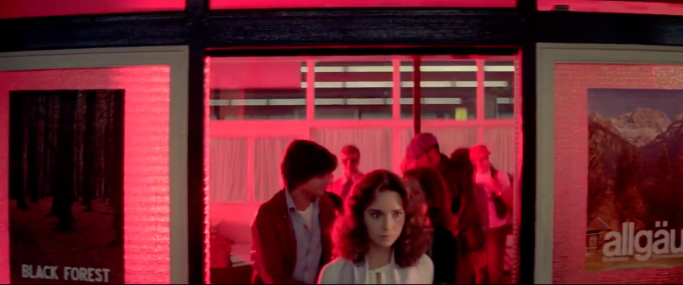
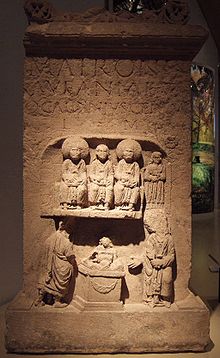
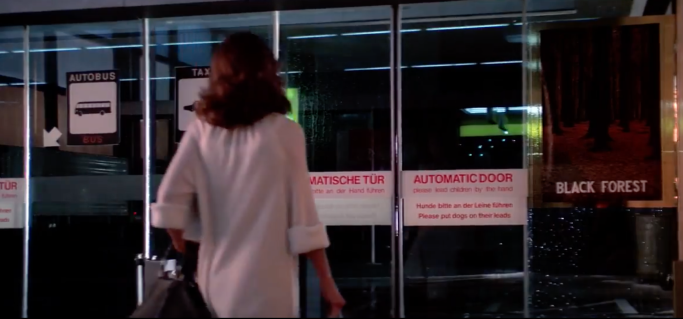
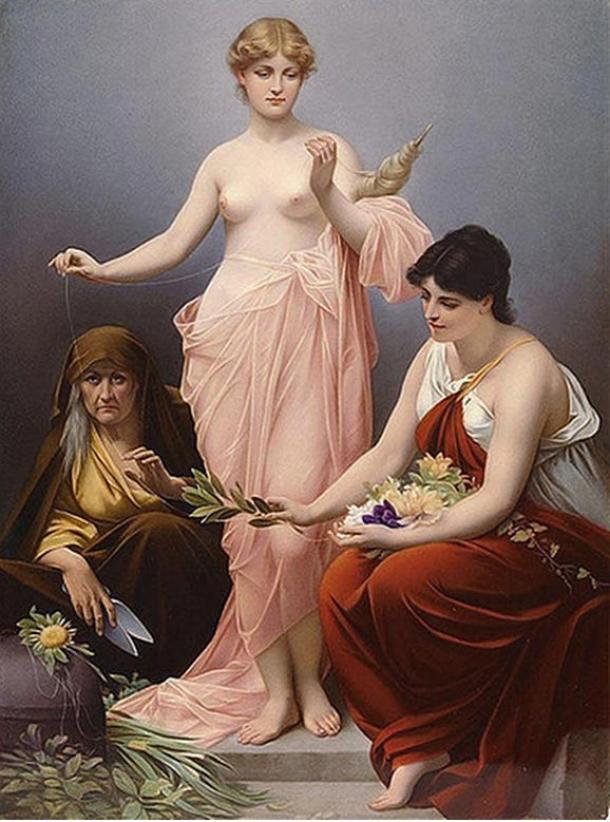

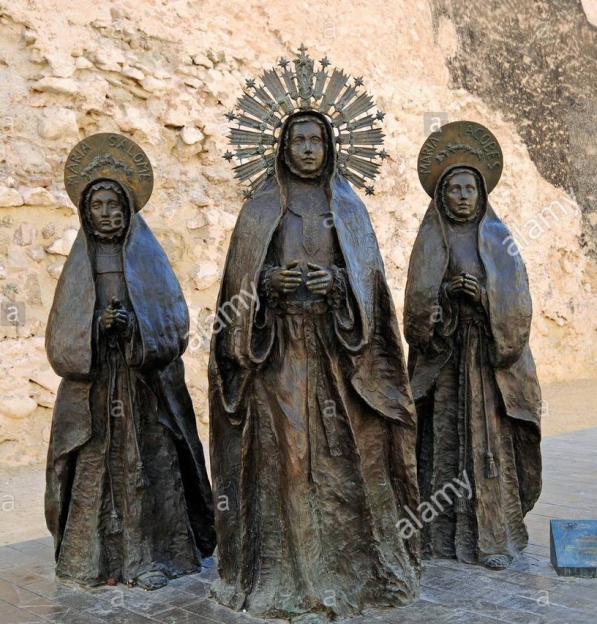


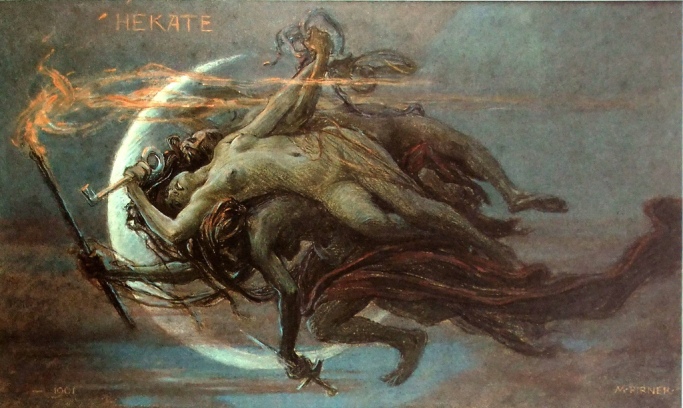
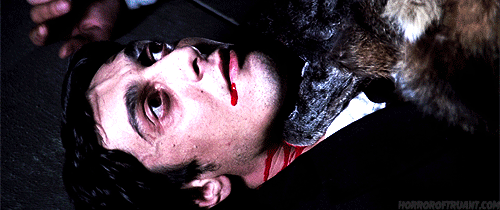


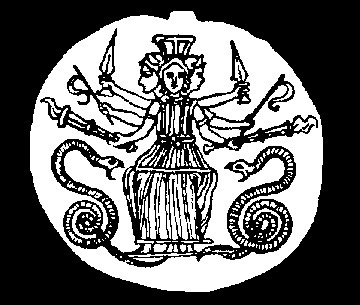



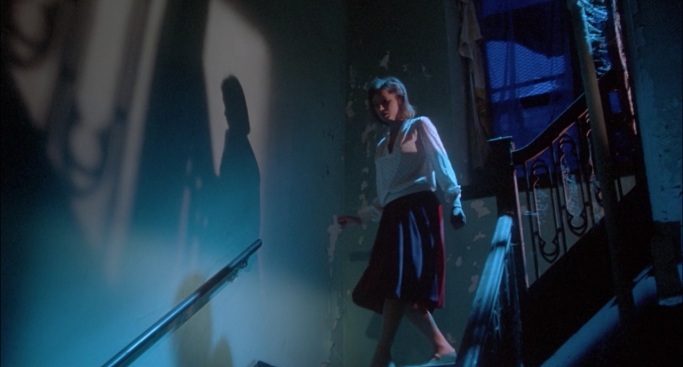
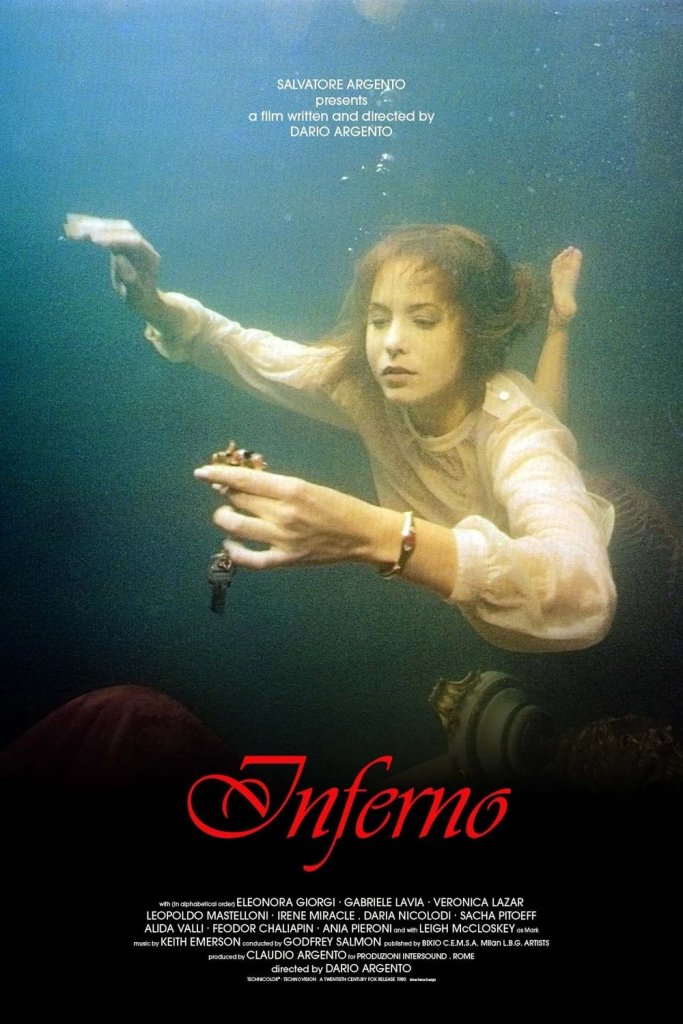



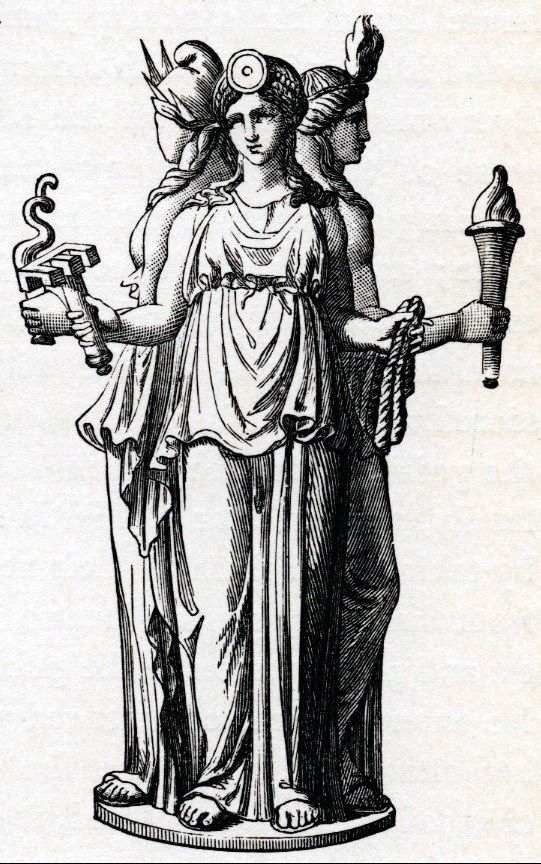

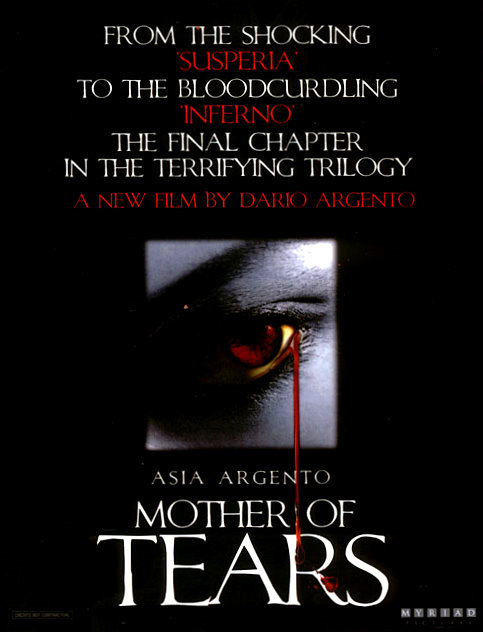
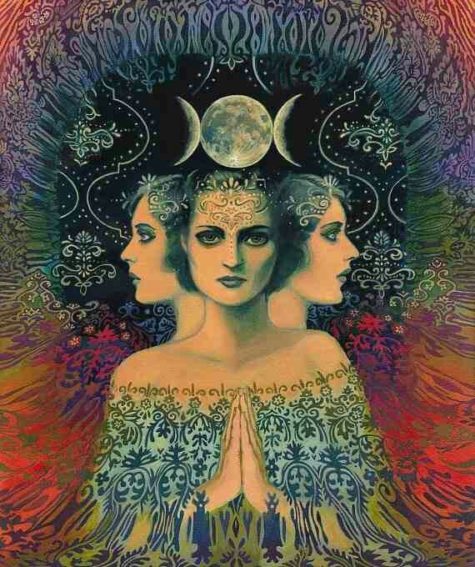
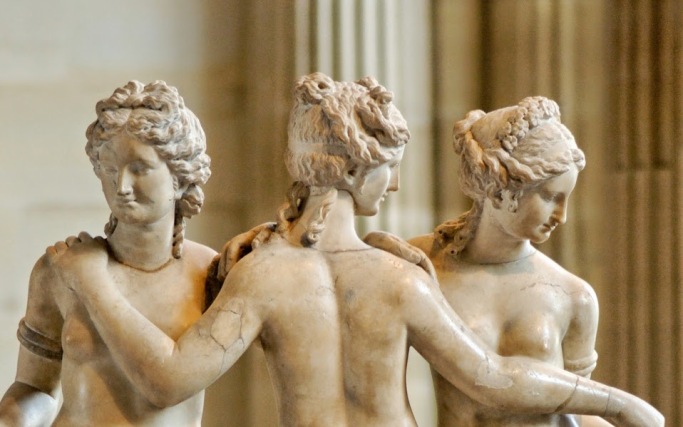
 ‘Suspiria’ (1977) is a singular horror movie that has become a classic of modern cinema. It is impossible to overstate the impact this remarkable film – and the unique stylings it’s director Dario Argento – has had upon artists and writers since it’s release 40 years ago. The mysterious name of the film itself serves as a kind of wicked enchantment guaranteed to conjure sighs of awe and twinkles in the eyes of horror film buffs. In this special three part article we will stare long and deep into the dark, searching for The Devil in the Details in the art and mythos of Suspiria and attempt to reveal the weird links between horror film fantasy and genuine occult doctrine. In Part 1 we will introduce The Three Mothers and their origins for those yet unfamiliar, and deepen our understanding of them. Part 2 will connect these femmes fatale to the Triple Goddess of Witchcraft and her necromantic symbols and connections in Suspiria and it’s sequels Inferno and Mother of Tears. Part 3 will round it all out with The Three Mother’s taste for tears, misery and sacrifice.
‘Suspiria’ (1977) is a singular horror movie that has become a classic of modern cinema. It is impossible to overstate the impact this remarkable film – and the unique stylings it’s director Dario Argento – has had upon artists and writers since it’s release 40 years ago. The mysterious name of the film itself serves as a kind of wicked enchantment guaranteed to conjure sighs of awe and twinkles in the eyes of horror film buffs. In this special three part article we will stare long and deep into the dark, searching for The Devil in the Details in the art and mythos of Suspiria and attempt to reveal the weird links between horror film fantasy and genuine occult doctrine. In Part 1 we will introduce The Three Mothers and their origins for those yet unfamiliar, and deepen our understanding of them. Part 2 will connect these femmes fatale to the Triple Goddess of Witchcraft and her necromantic symbols and connections in Suspiria and it’s sequels Inferno and Mother of Tears. Part 3 will round it all out with The Three Mother’s taste for tears, misery and sacrifice.
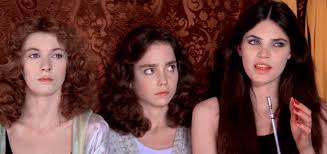
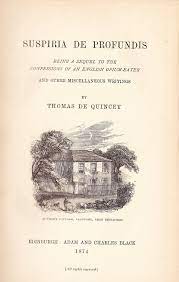 Suspiria‘s origins arise like an intoxicating vapor from the Chinese puzzle-box-like literary works of Romantic Era, British essayist Thomas De Quincey. His best known work: Confessions of an English Opium Eater, inaugurated the tradition of addiction literature in the West when it first appeared in 1822. Later he composed
Suspiria‘s origins arise like an intoxicating vapor from the Chinese puzzle-box-like literary works of Romantic Era, British essayist Thomas De Quincey. His best known work: Confessions of an English Opium Eater, inaugurated the tradition of addiction literature in the West when it first appeared in 1822. Later he composed 
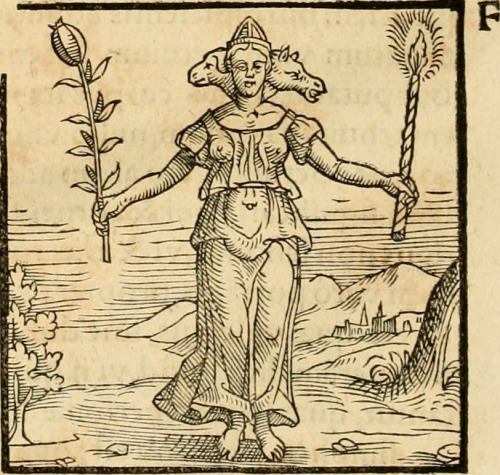
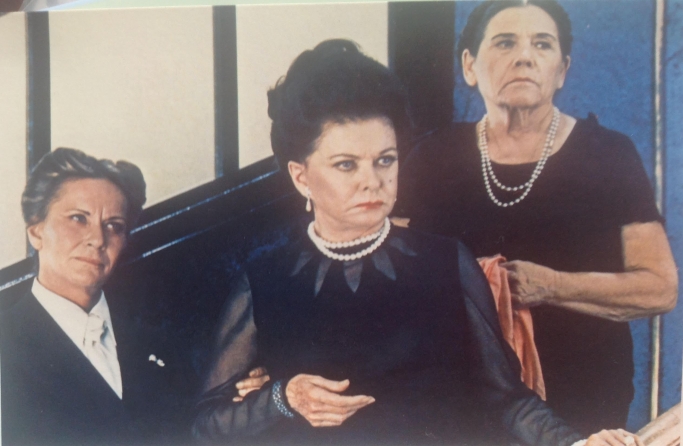


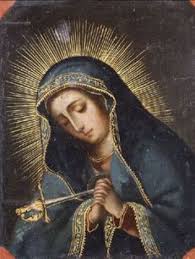
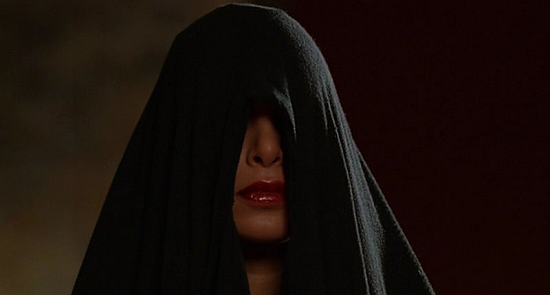



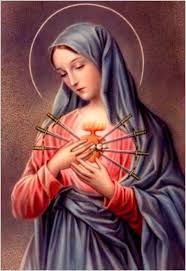
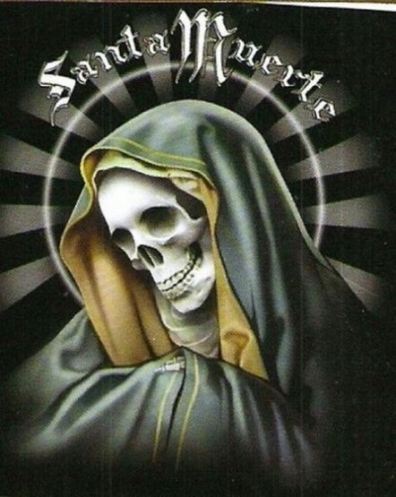

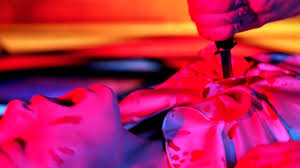
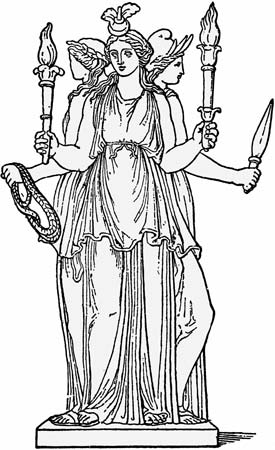

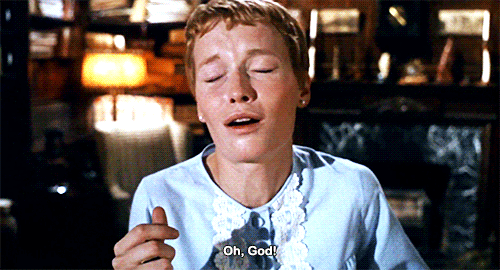
 Rosemary Woodhouse –
Rosemary Woodhouse – 

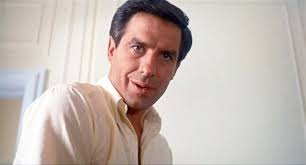 Guy Woodhouse –
Guy Woodhouse –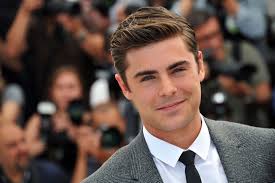
 Minnie Castevet:
Minnie Castevet: 
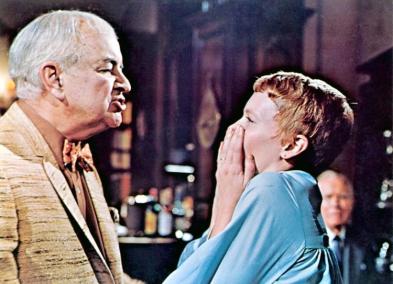 Roman Castevet
Roman Castevet 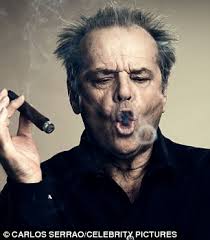
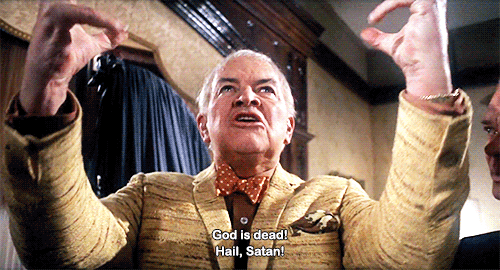

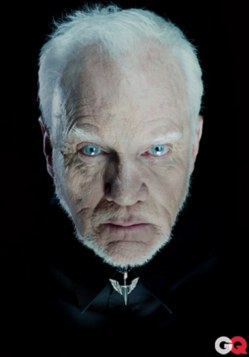

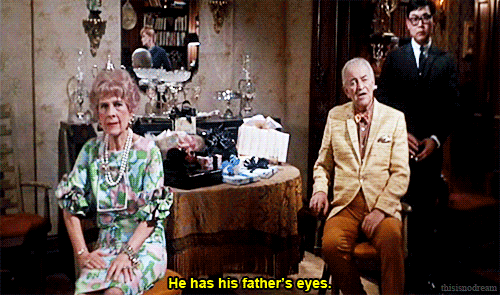

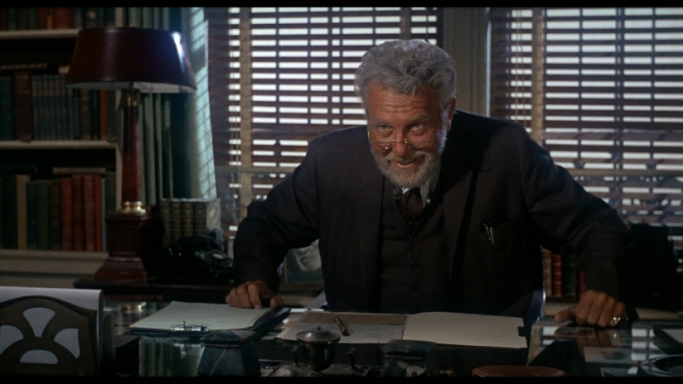
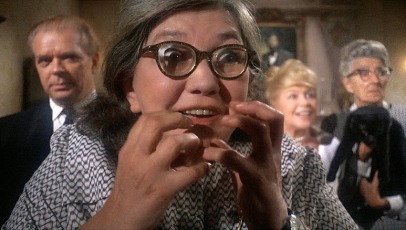
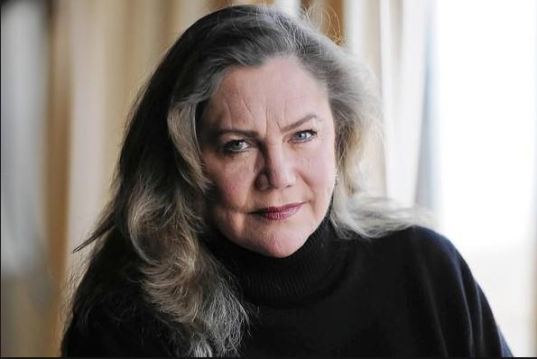
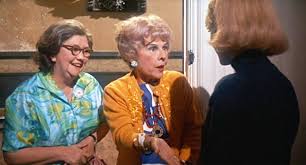 Kathleen Turner as Laura-Louise and Tracey Ullman as Minnie Castevet. Delicious!ψψψψψψψψψψψψψψψψψψΨΨΨΨΨΨΨΨΨΨΨΨΨΨΨΨψψψψψψψψψψψψψψψ
Kathleen Turner as Laura-Louise and Tracey Ullman as Minnie Castevet. Delicious!ψψψψψψψψψψψψψψψψψψΨΨΨΨΨΨΨΨΨΨΨΨΨΨΨΨψψψψψψψψψψψψψψψ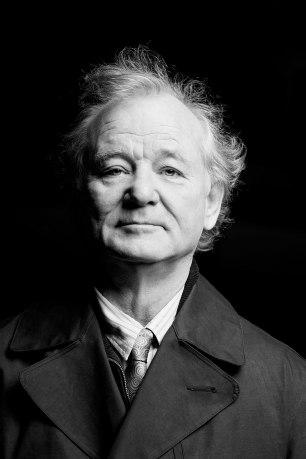
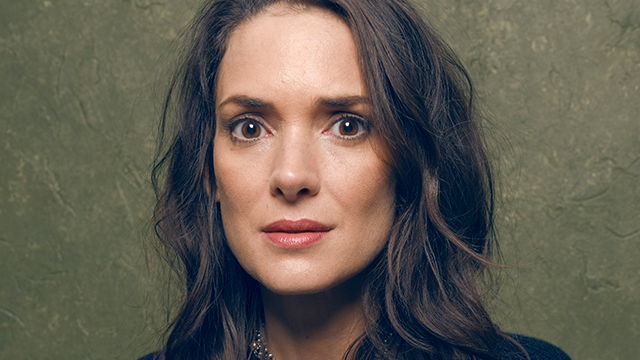 Winona Ryder current age 45, or Octavia Spencer (47) as Ms. Hutch.
Winona Ryder current age 45, or Octavia Spencer (47) as Ms. Hutch. ψψψψψψψψψψψψψψψψψψψψψ⇒⇒⇒ψψψψψψψψψψψψψψψ
ψψψψψψψψψψψψψψψψψψψψψ⇒⇒⇒ψψψψψψψψψψψψψψψ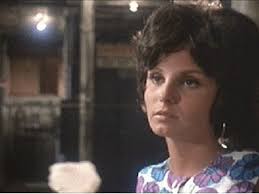


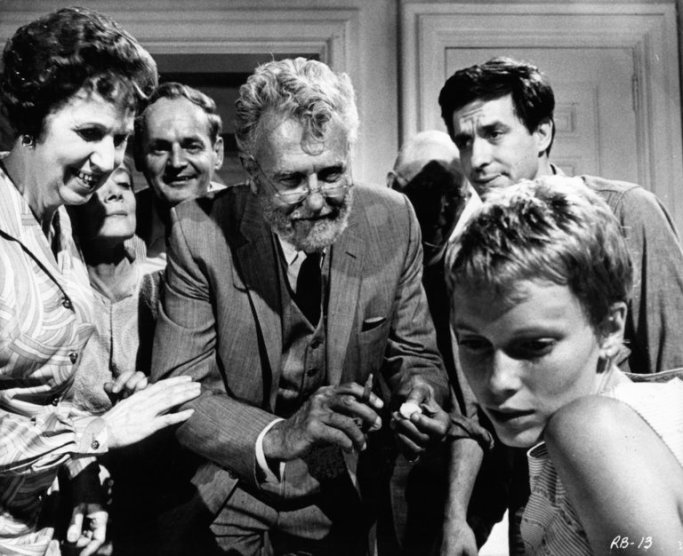
 Mia Farrow “Rosemary Woodhouse” in the original film (currently 72) could be Mrs Gilmore in our fantasy remake: “There’s nothing to be afraid of Rosemary. Honest and truly there isn’t.”
Mia Farrow “Rosemary Woodhouse” in the original film (currently 72) could be Mrs Gilmore in our fantasy remake: “There’s nothing to be afraid of Rosemary. Honest and truly there isn’t.”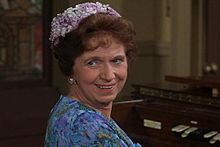

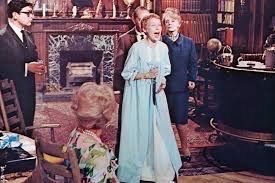
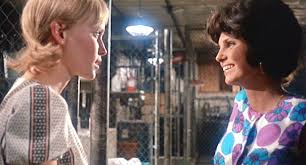

 Charles Grodin aka “Dr. Hill” in the original film, (now 80) as Mr Wees. He’ll be the first to “Hail Satan!” in the climactic scene.
Charles Grodin aka “Dr. Hill” in the original film, (now 80) as Mr Wees. He’ll be the first to “Hail Satan!” in the climactic scene.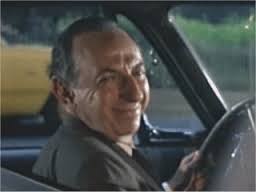 Or… as Dr Shand?
Or… as Dr Shand?

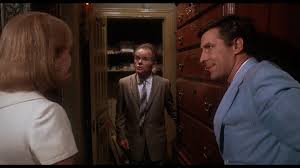
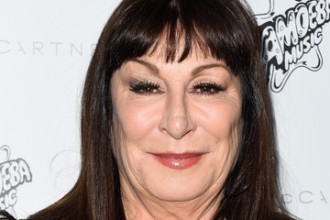

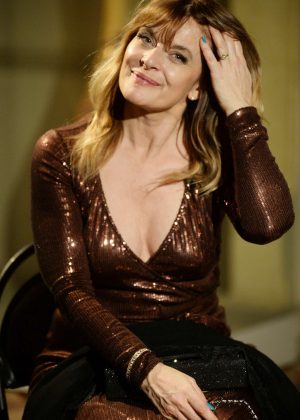

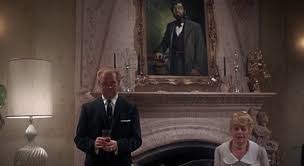 Christopher Walken (now 74) Can be the mysterious Mr Gilmore. We just want to see him creeping around.
Christopher Walken (now 74) Can be the mysterious Mr Gilmore. We just want to see him creeping around.
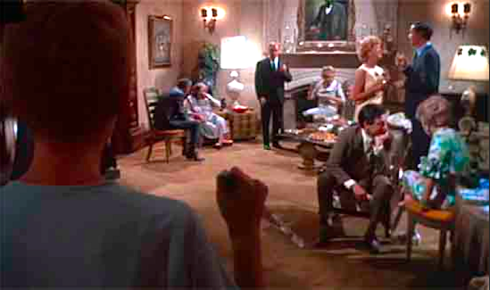
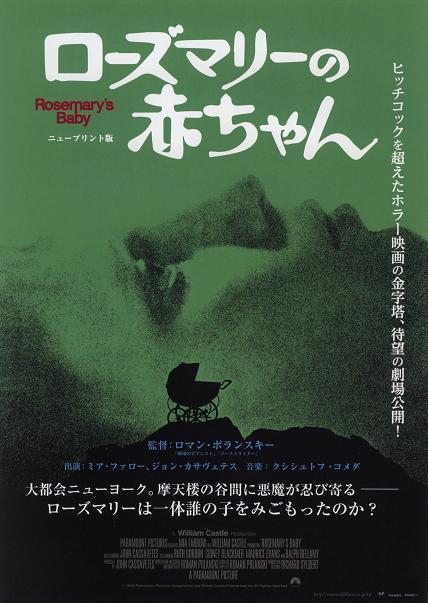
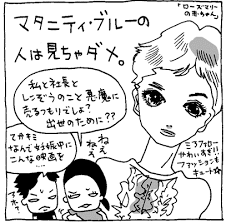
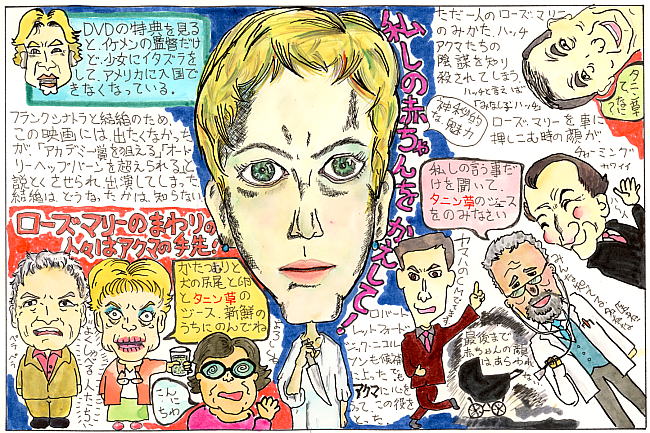

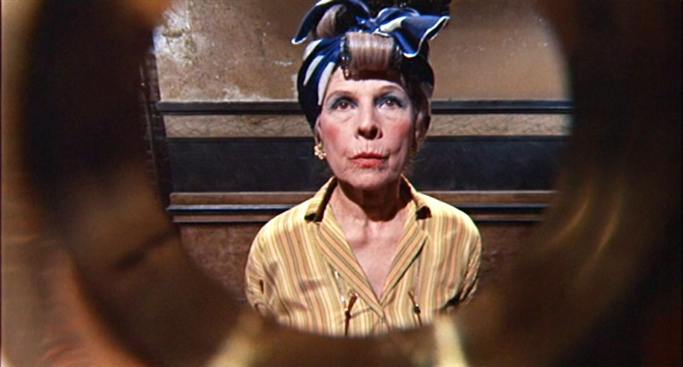
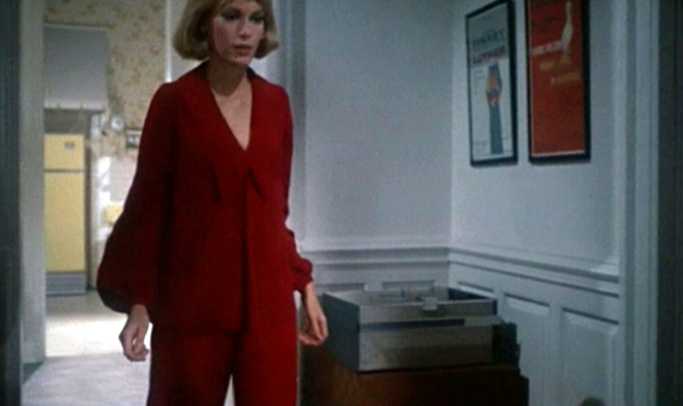




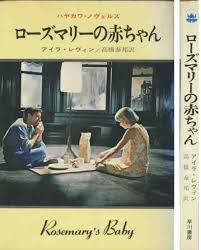 Vintage novel
Vintage novel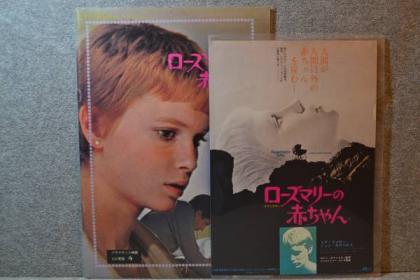 Vintage souvenir picture folios
Vintage souvenir picture folios
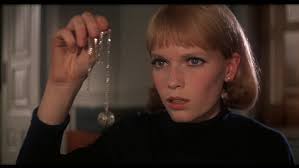








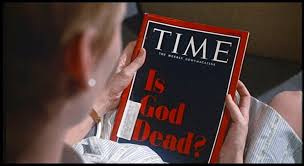

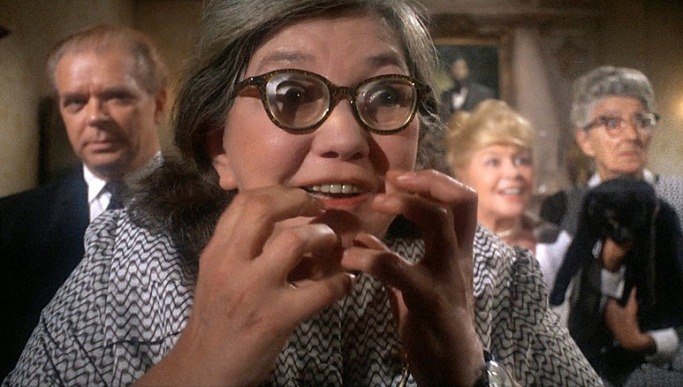



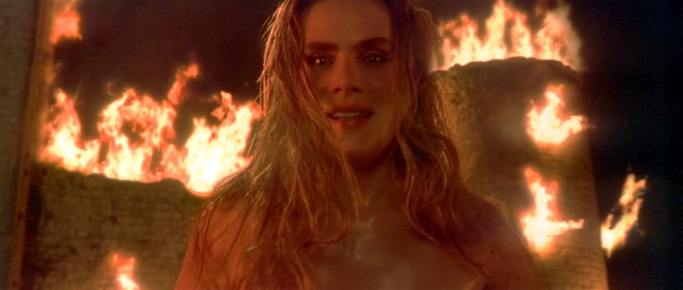
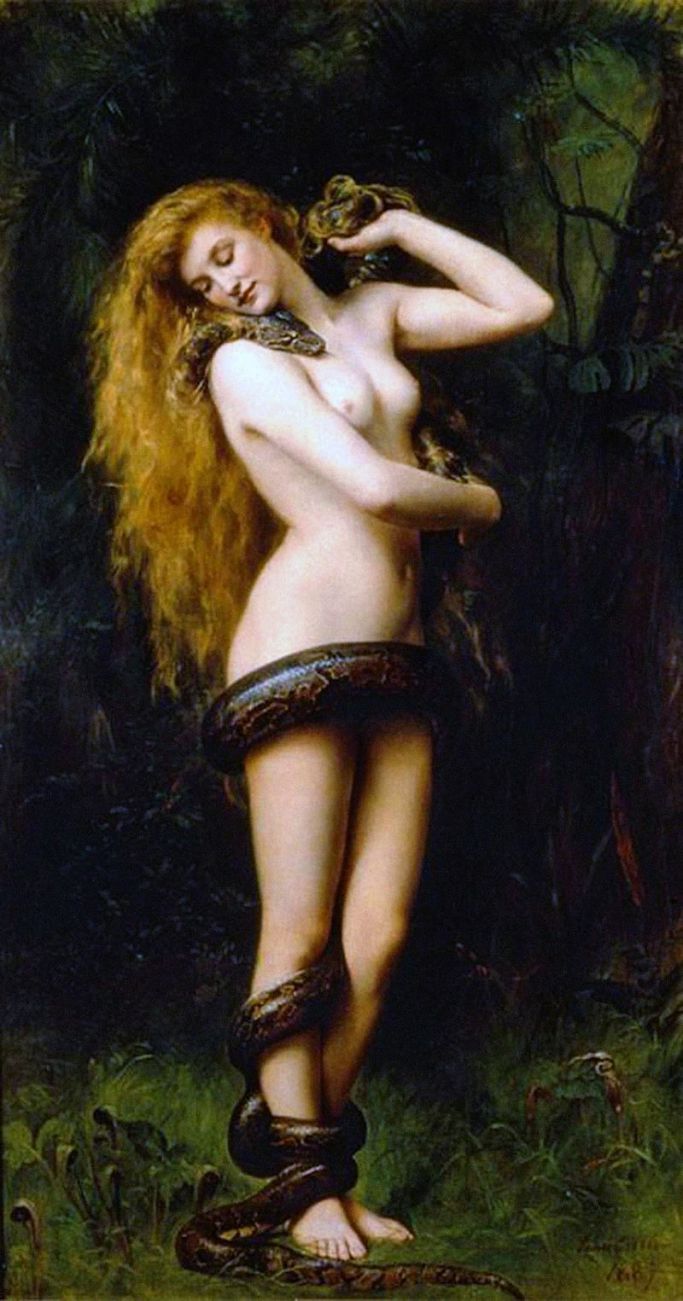
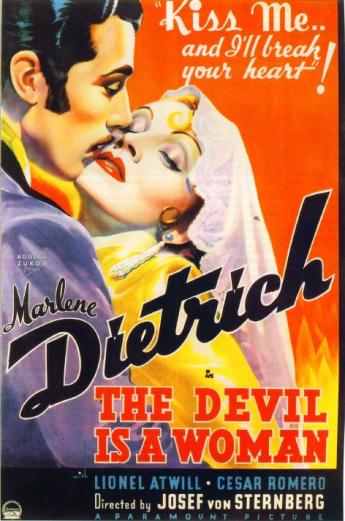
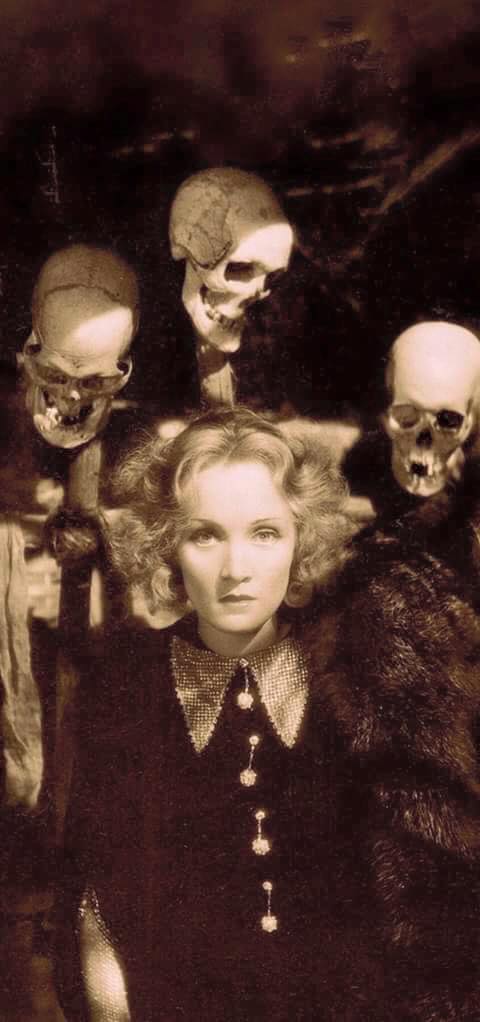



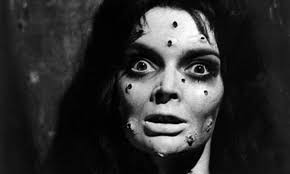
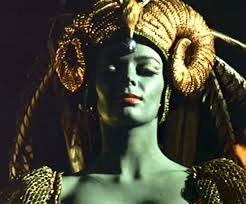




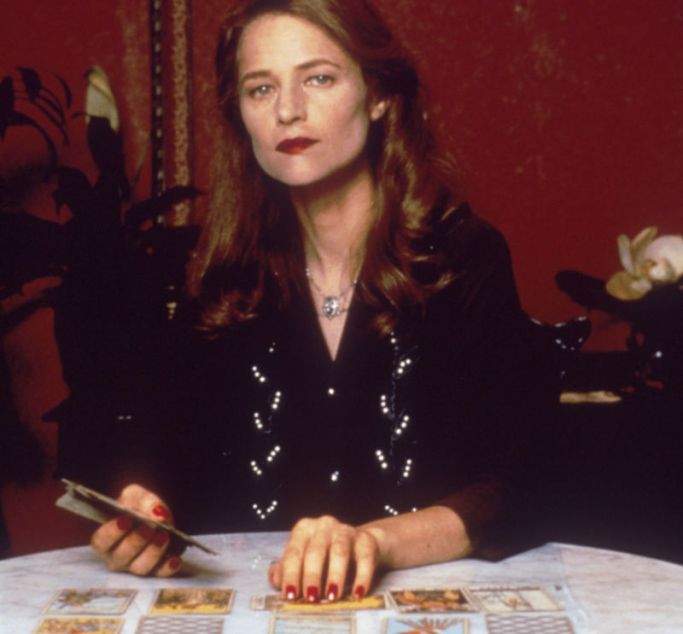
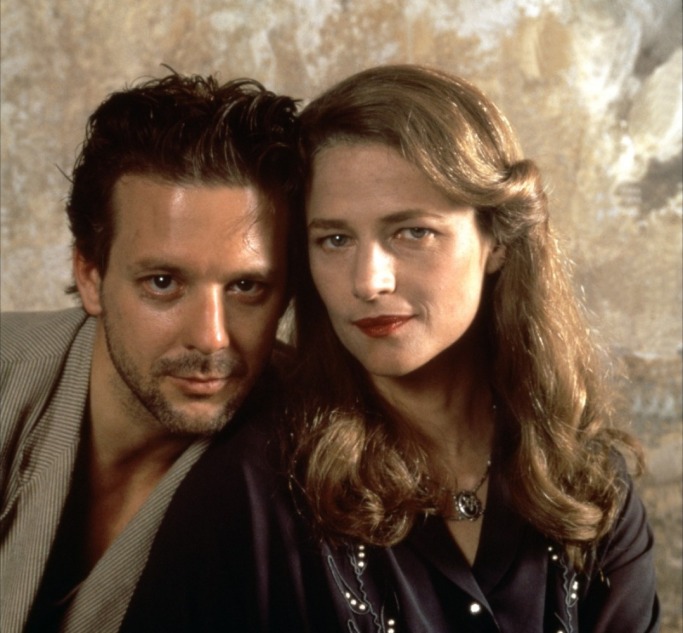

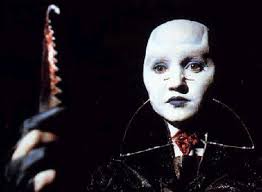
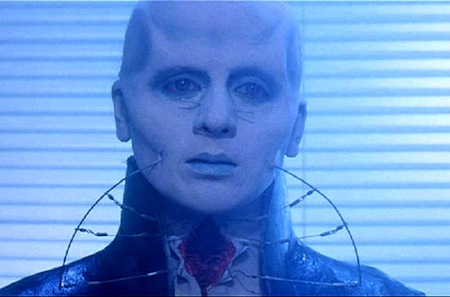
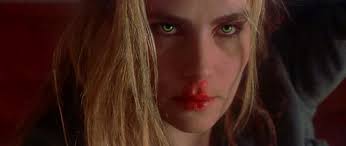
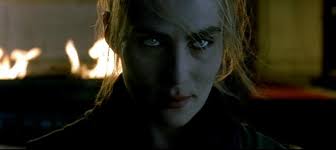
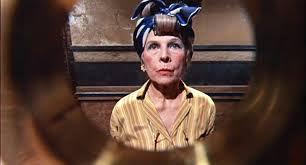

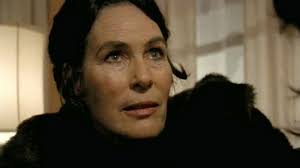 Mrs Ulman from ‘House of the Devil’ played by Mary Woronov Creeps us out of all proportion to her time onscreen. Effectively evil in an understated way that is rarely accomplished in cinema these days. Hers is a throwback to those good old Omen days; as if Mrs Blaylock had survived and relocated to America in the 80’s. Mary Woronov has led a fascinating acting career through Warhol’s Factory, Punk, off-Broadway theater and numerous appearances in Cult and Horror and genre films and TV.
Mrs Ulman from ‘House of the Devil’ played by Mary Woronov Creeps us out of all proportion to her time onscreen. Effectively evil in an understated way that is rarely accomplished in cinema these days. Hers is a throwback to those good old Omen days; as if Mrs Blaylock had survived and relocated to America in the 80’s. Mary Woronov has led a fascinating acting career through Warhol’s Factory, Punk, off-Broadway theater and numerous appearances in Cult and Horror and genre films and TV.